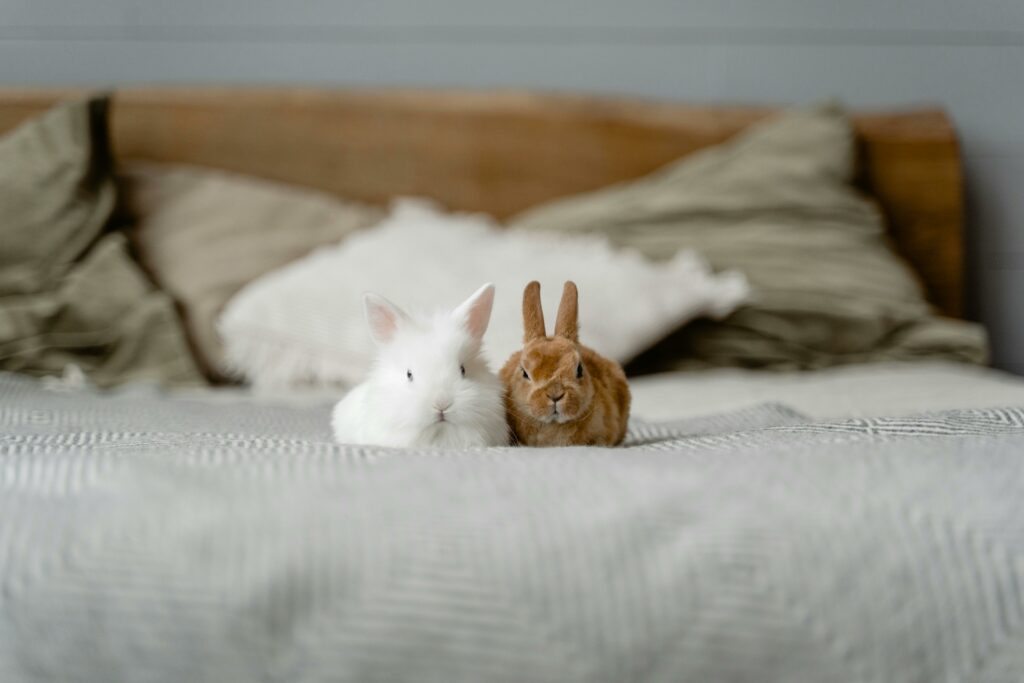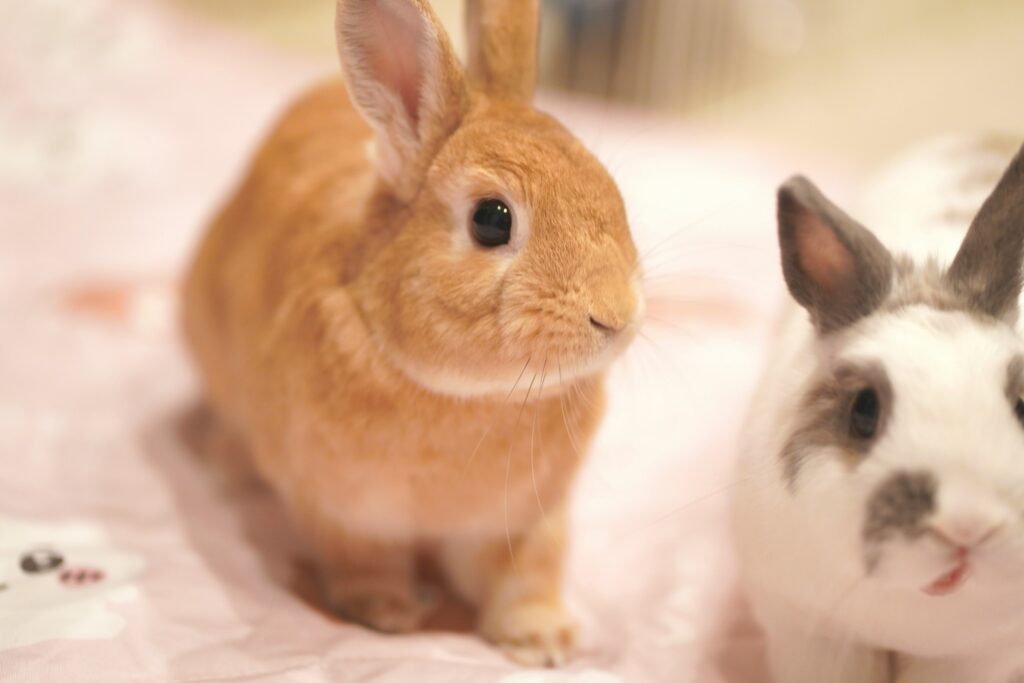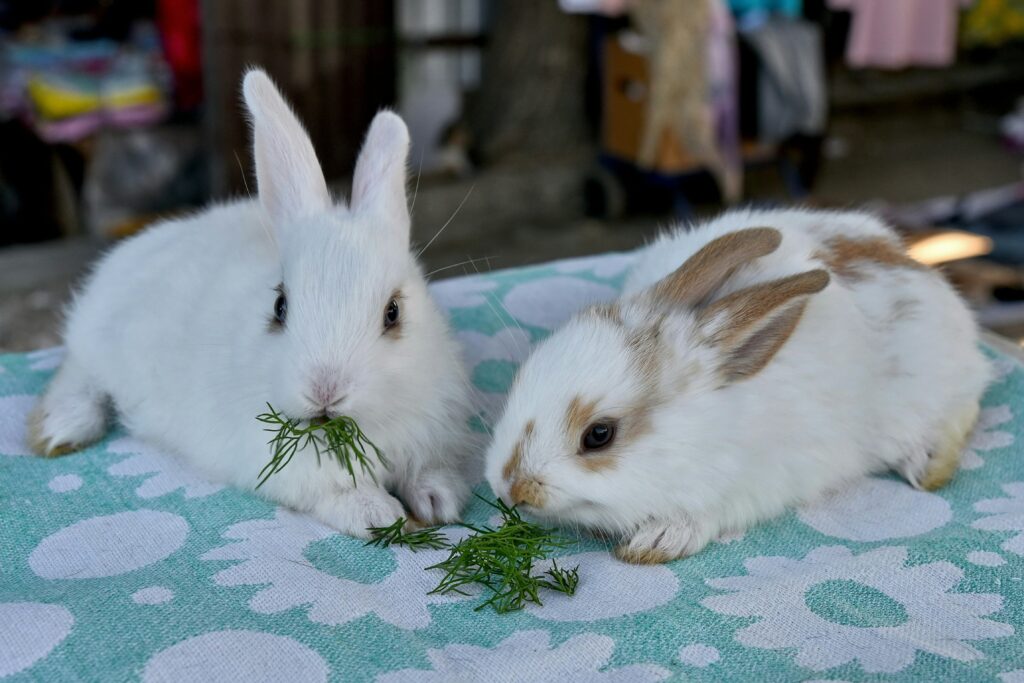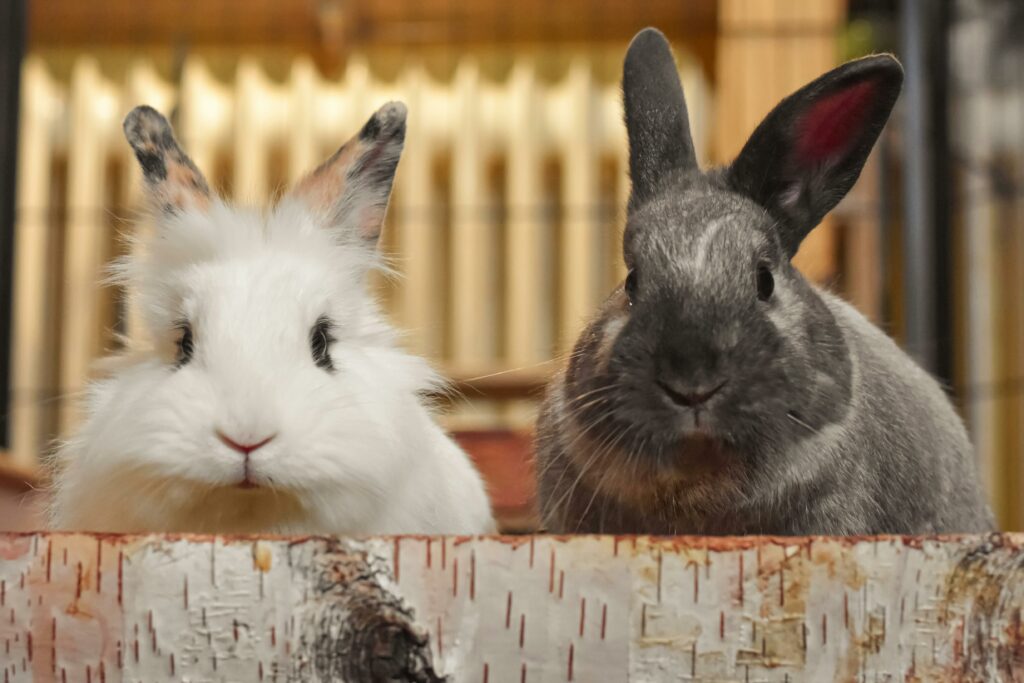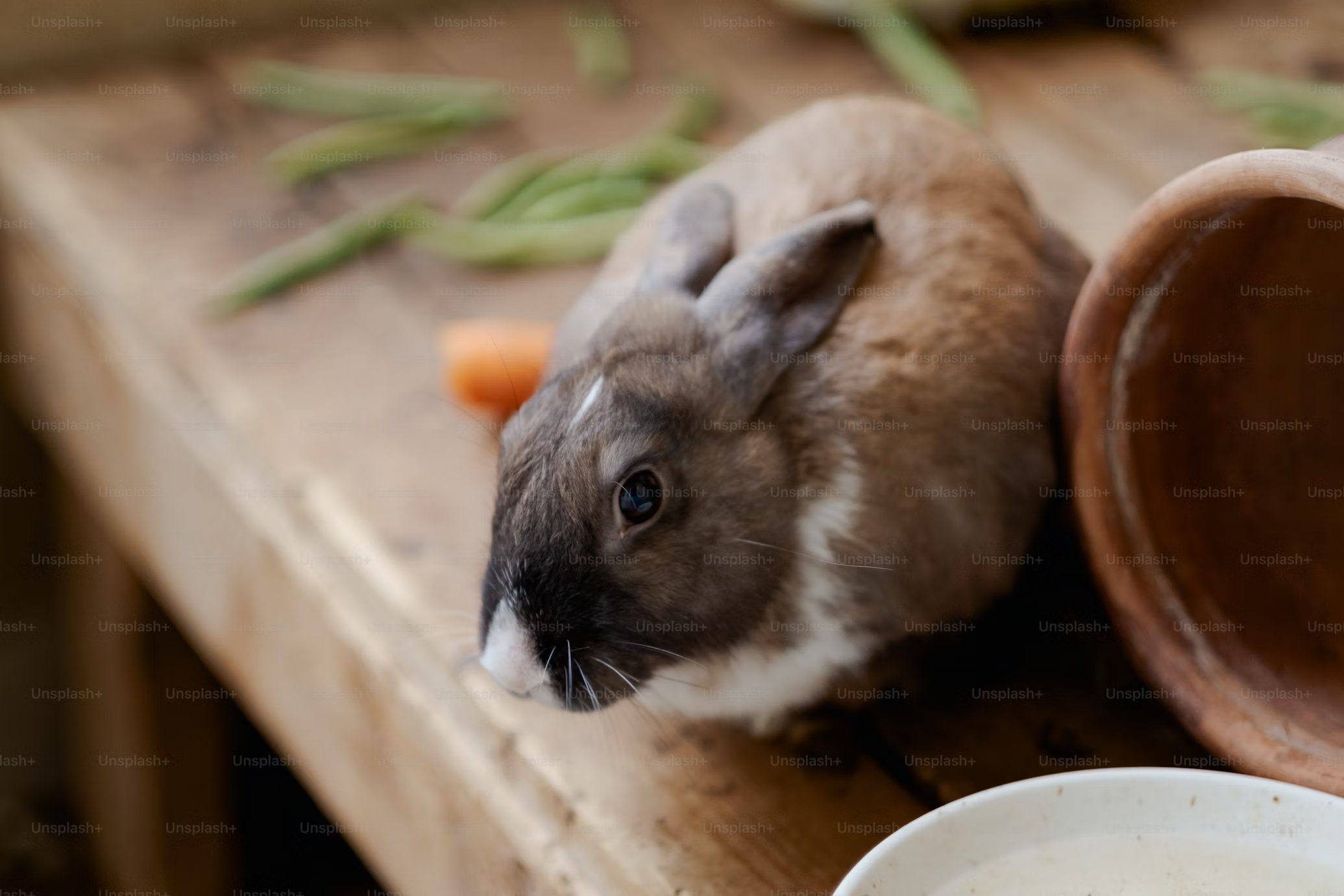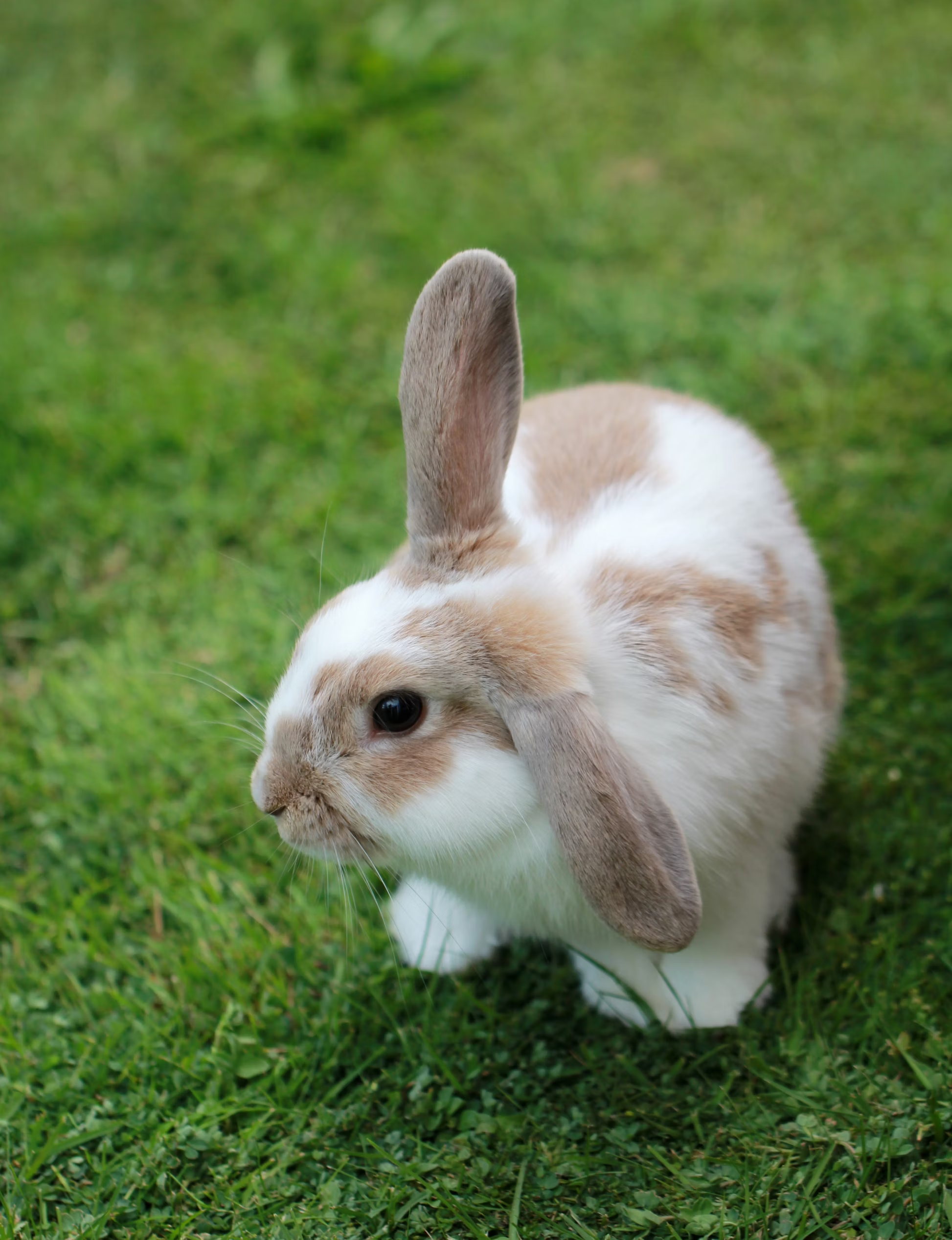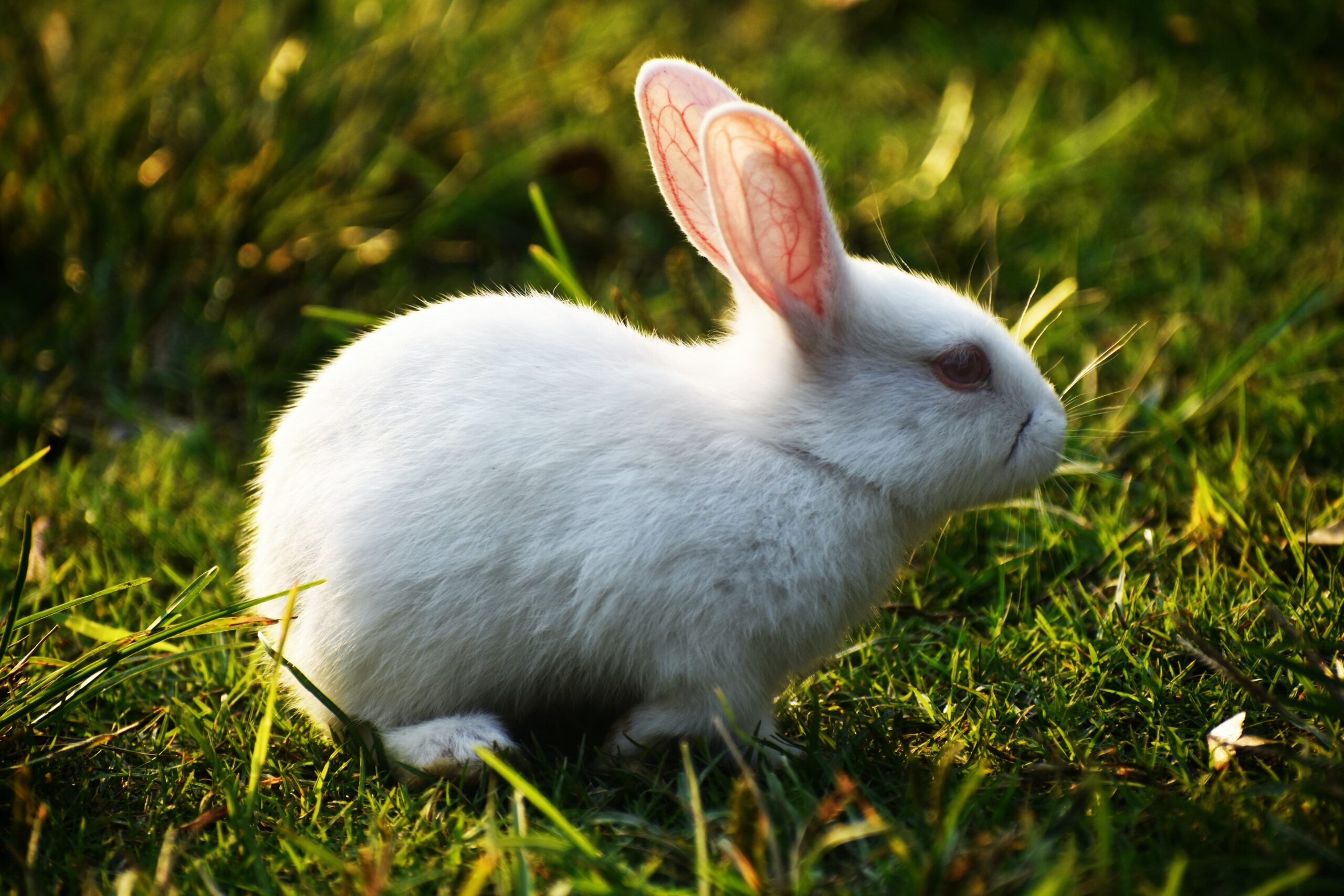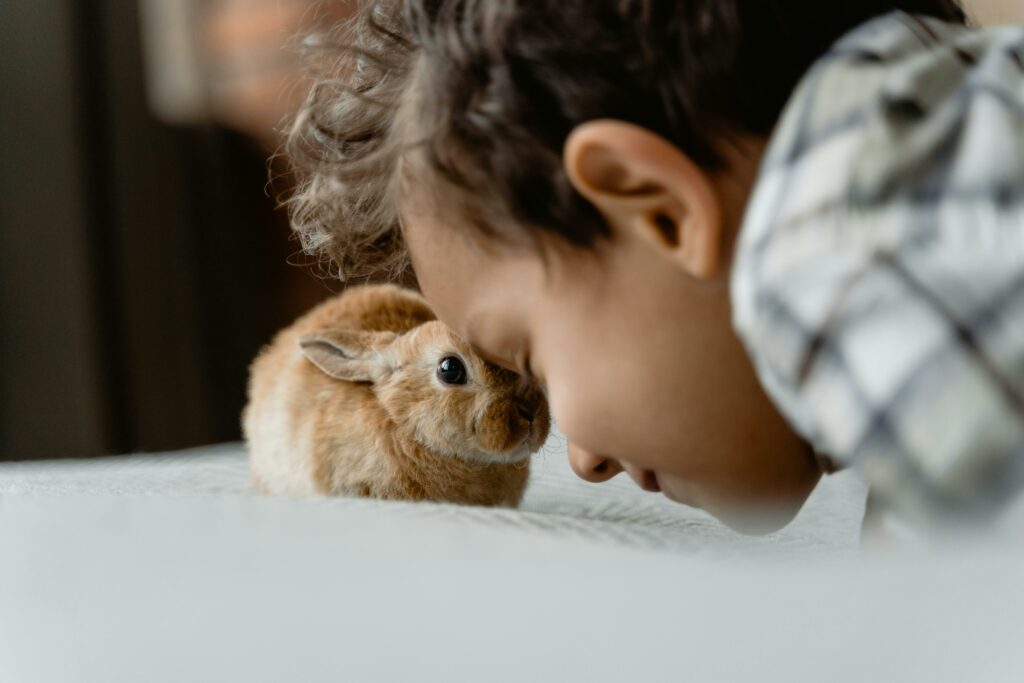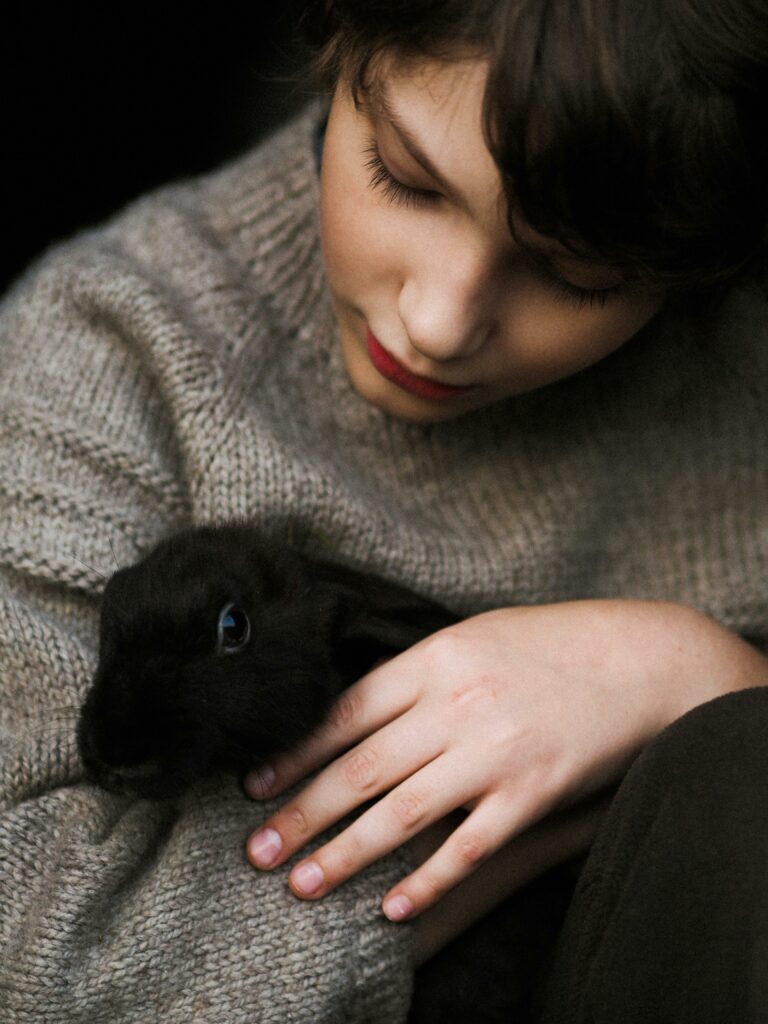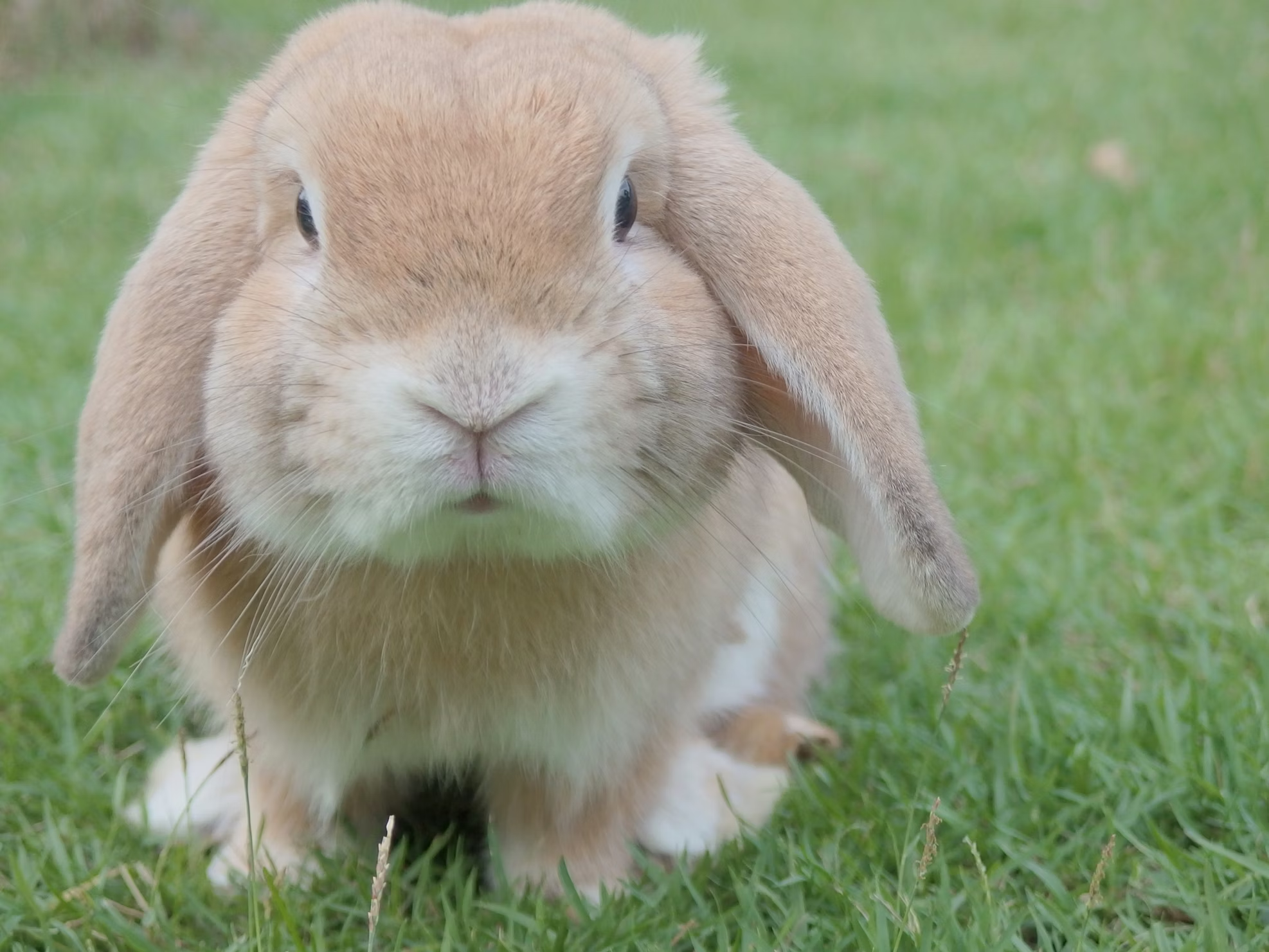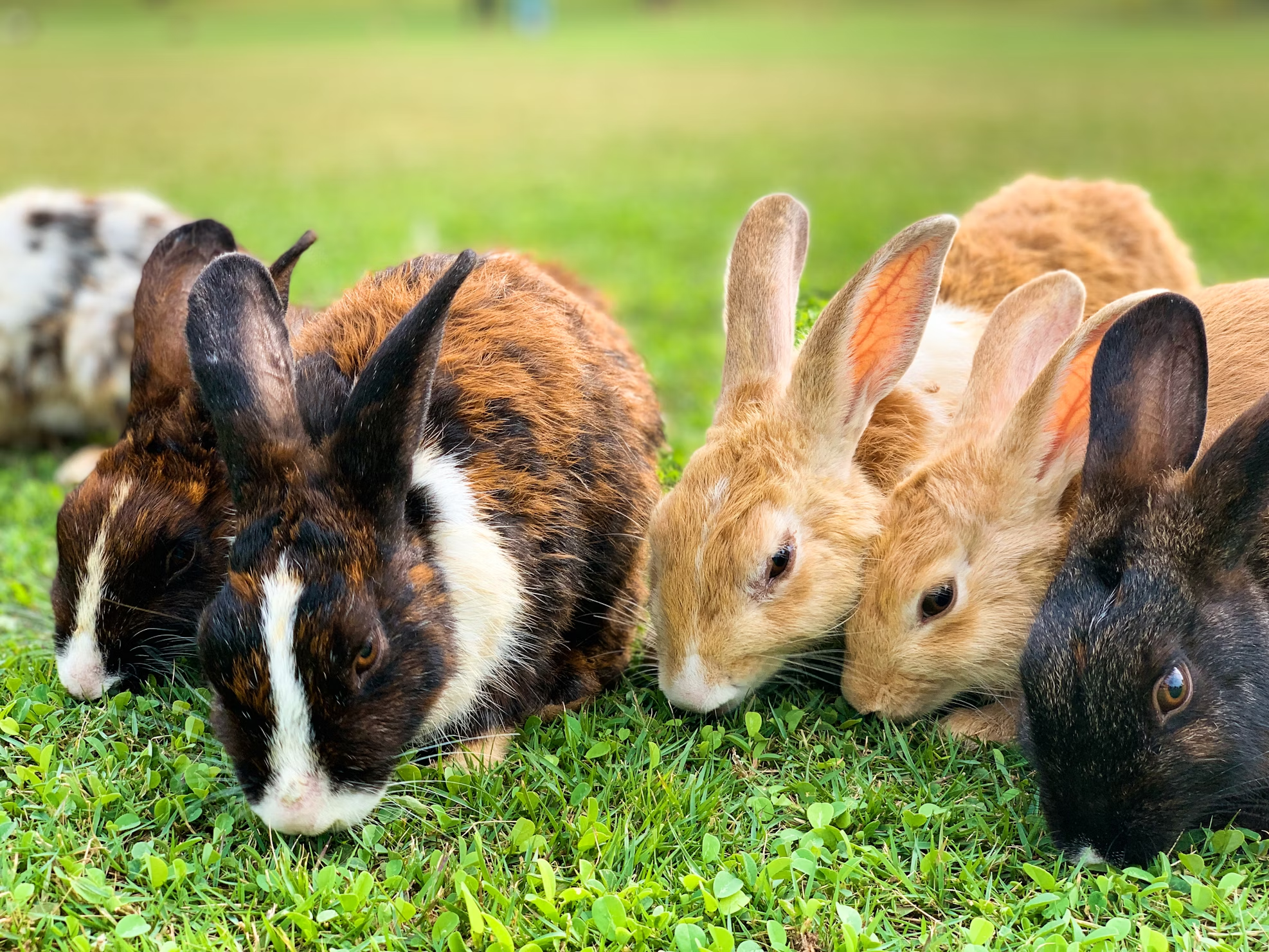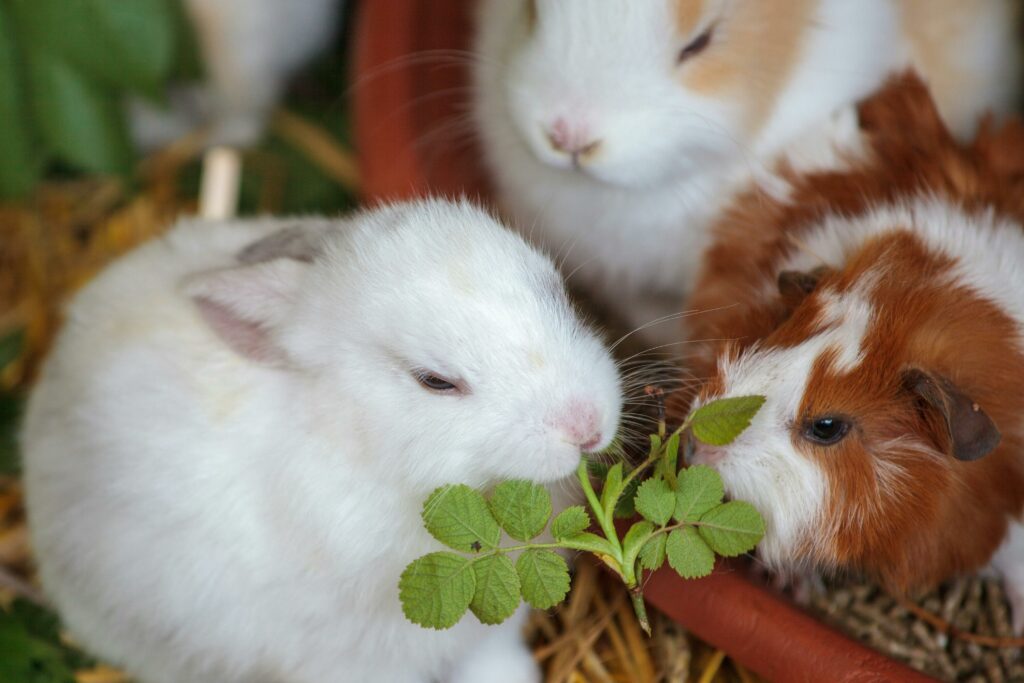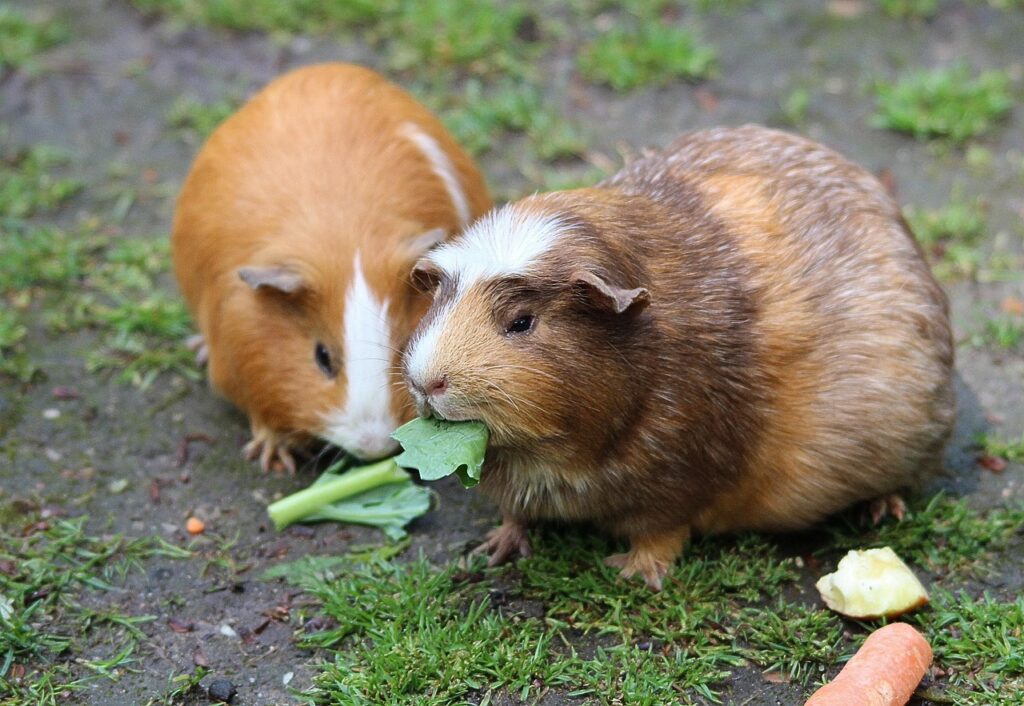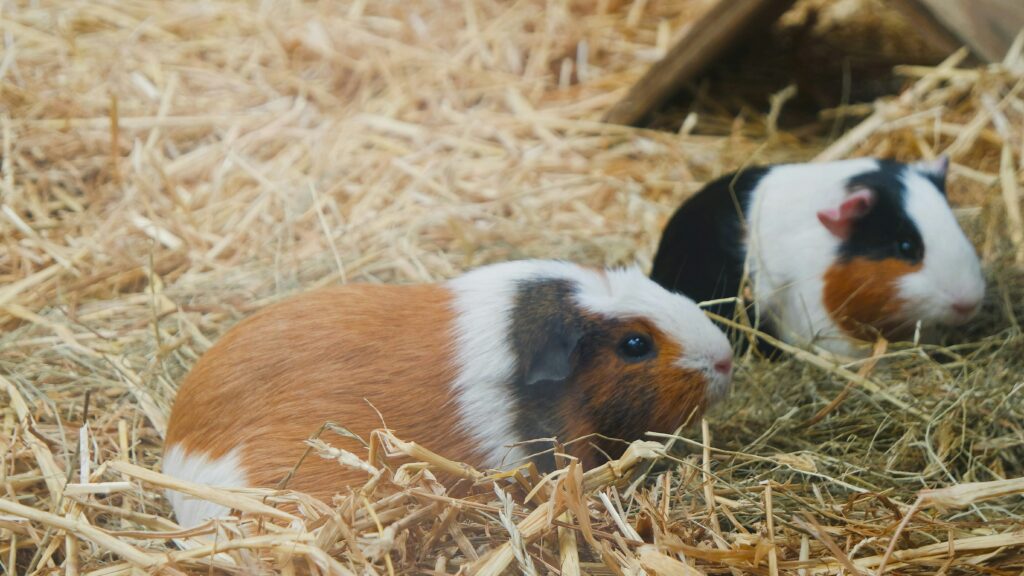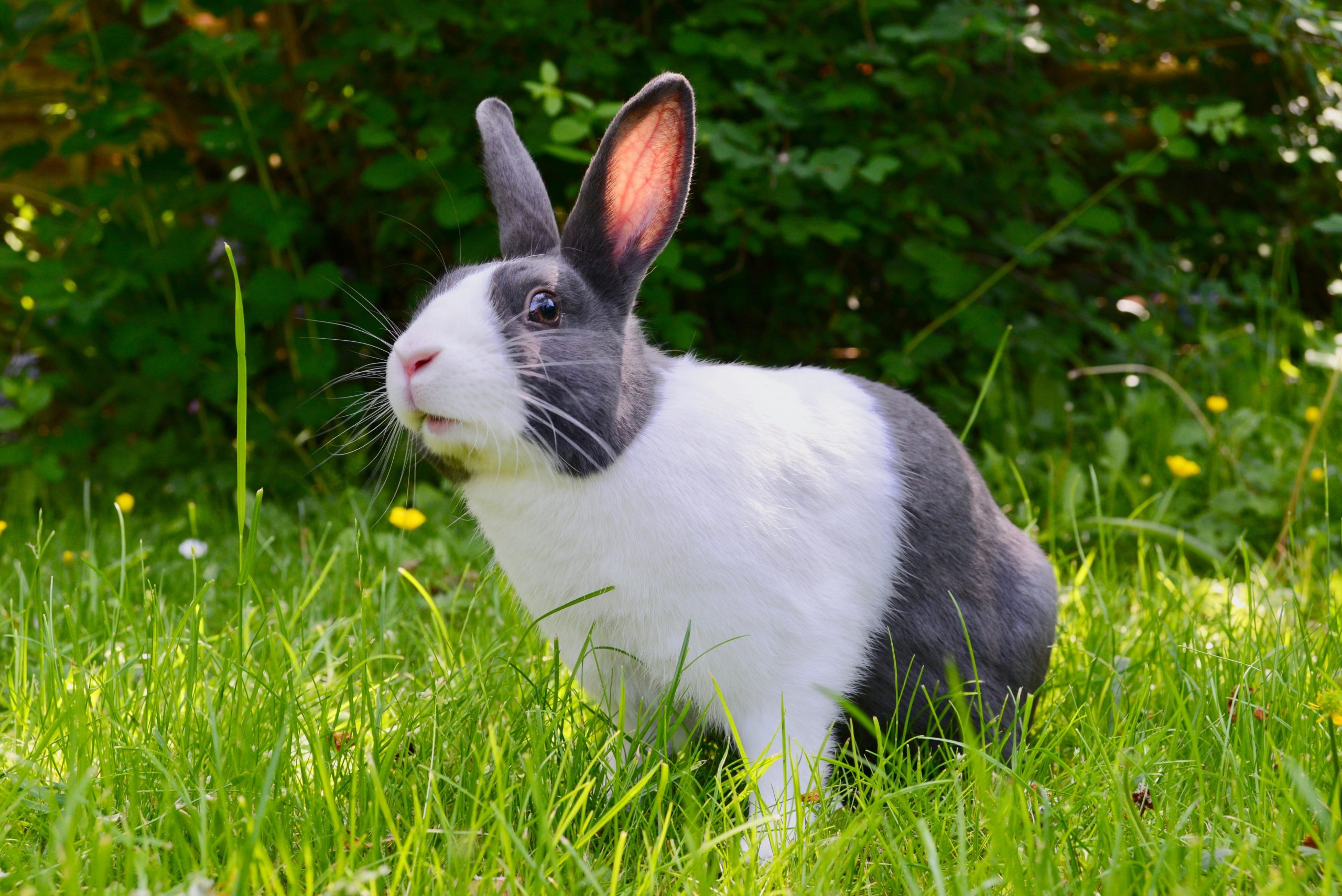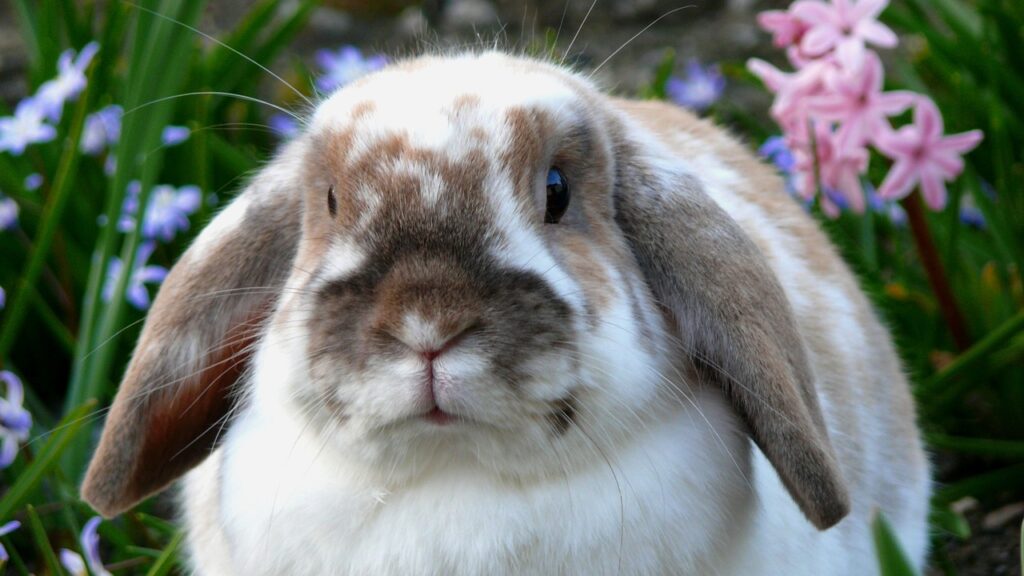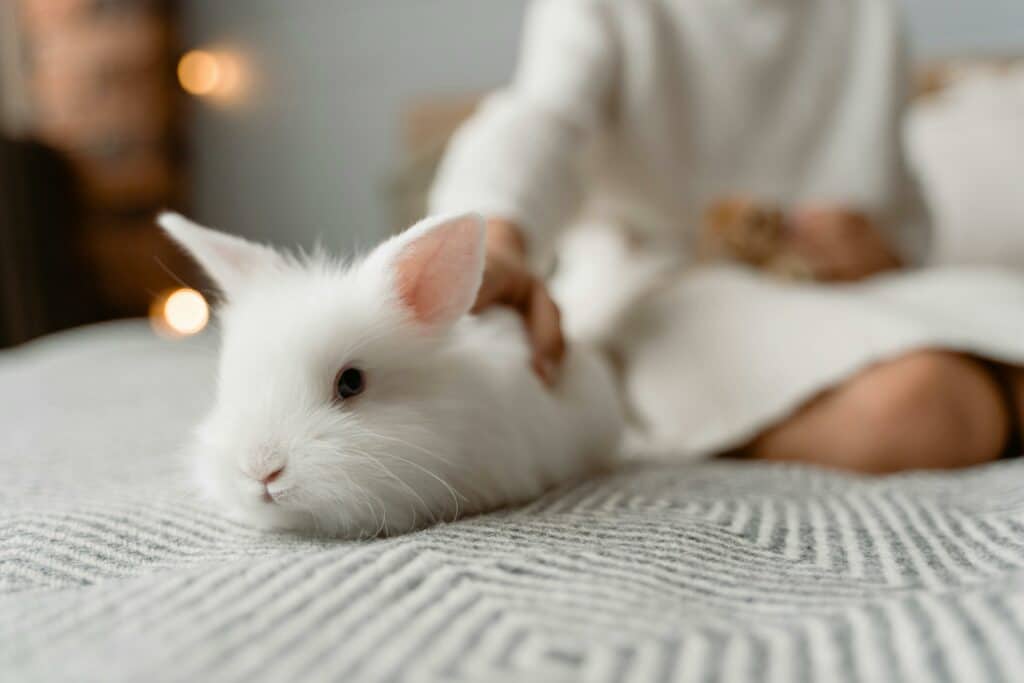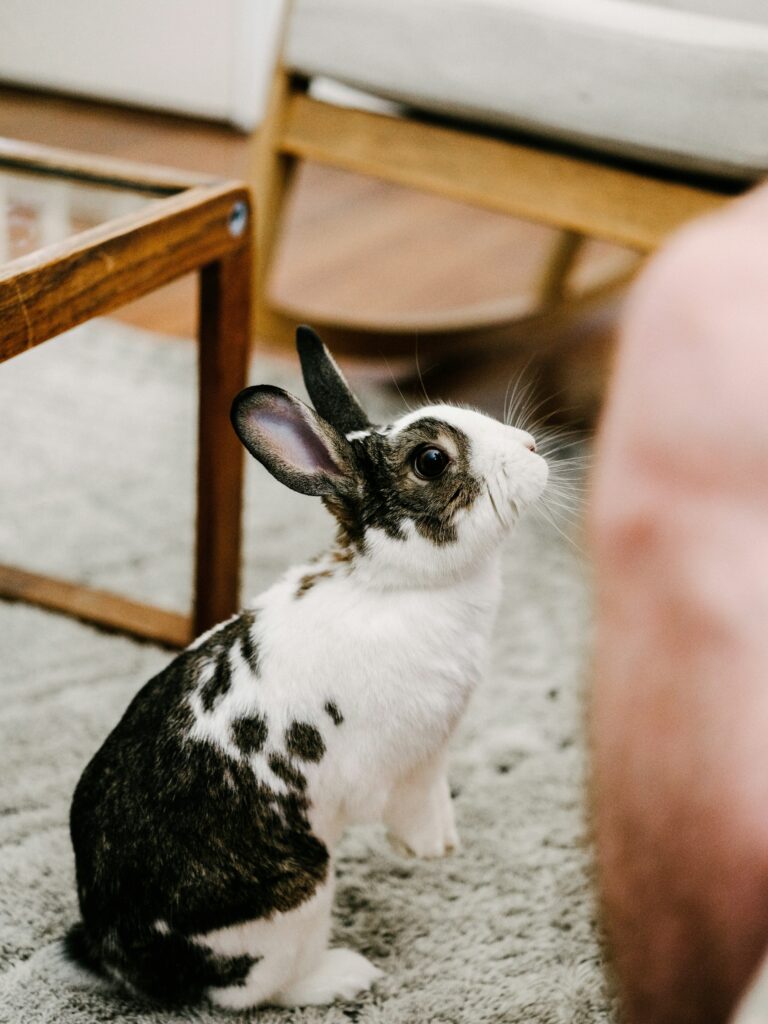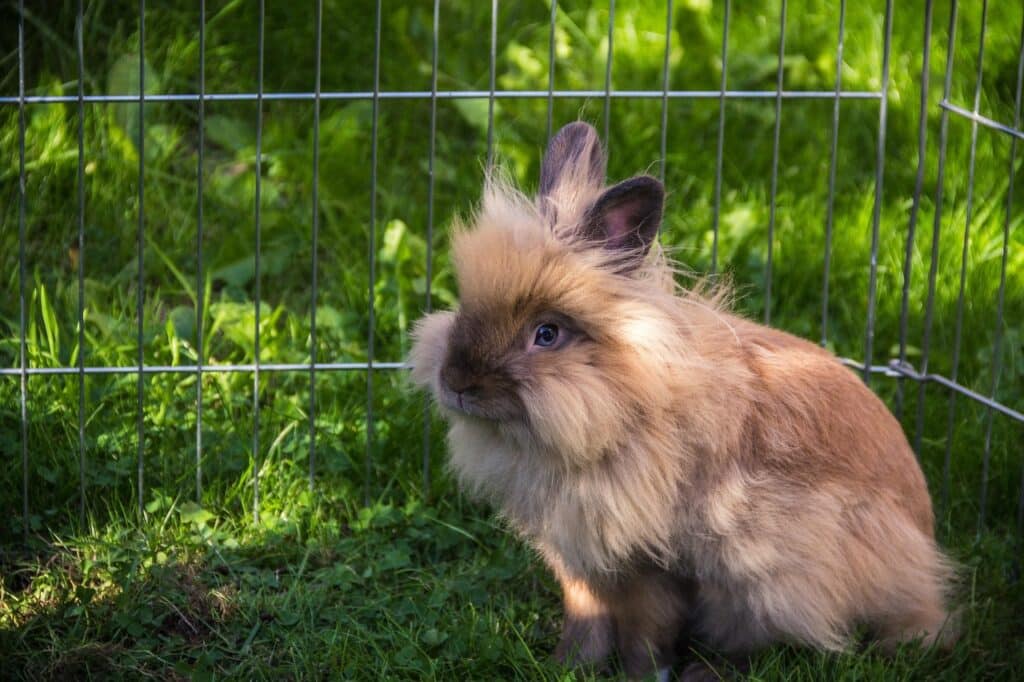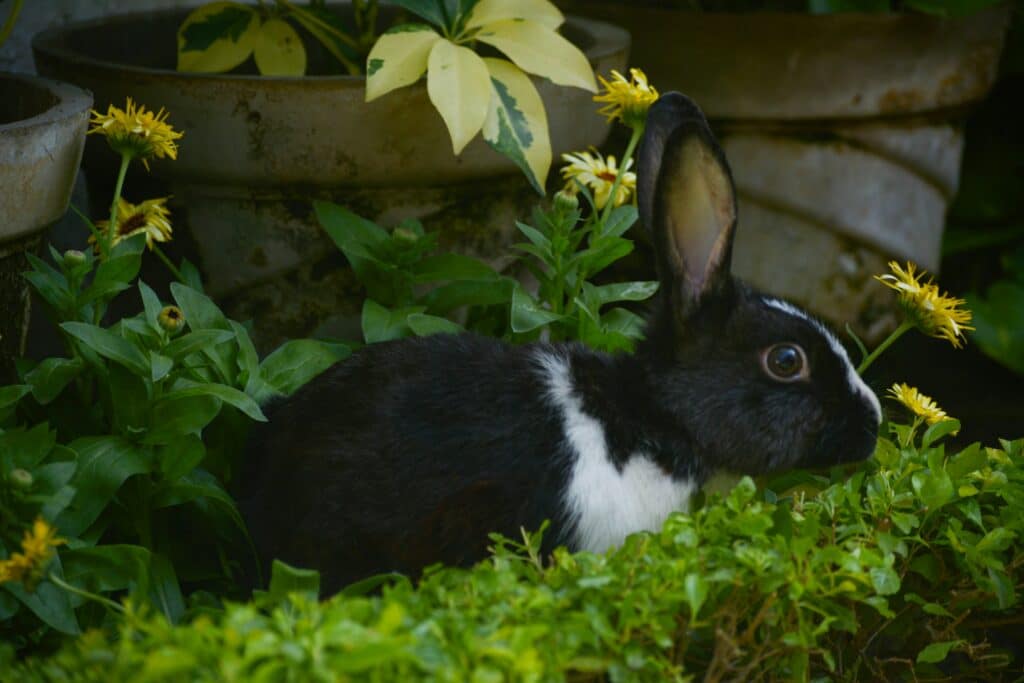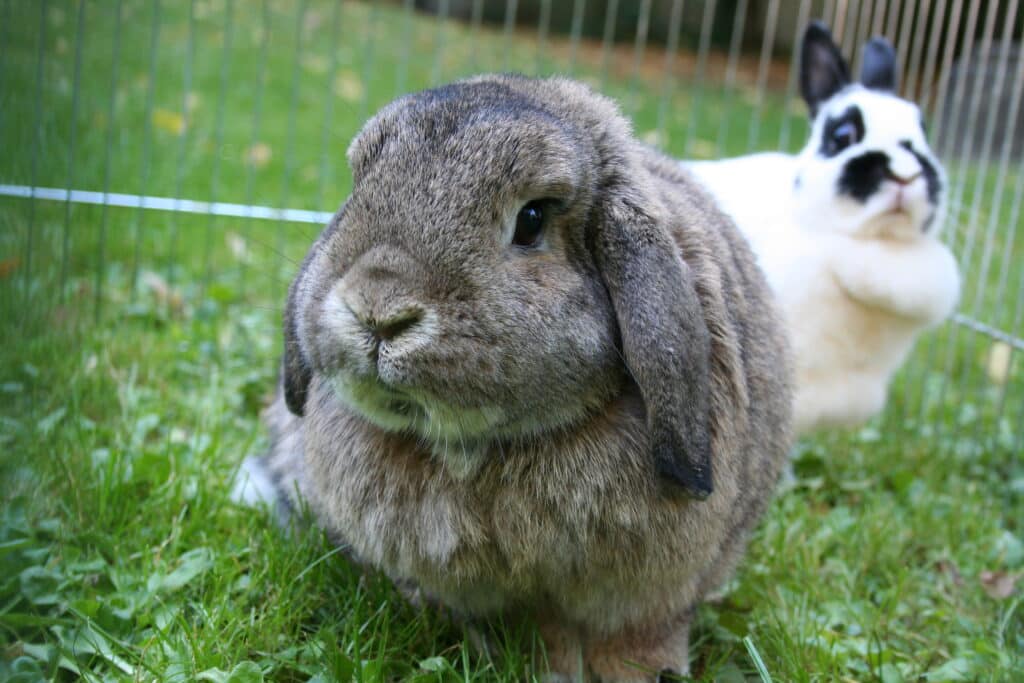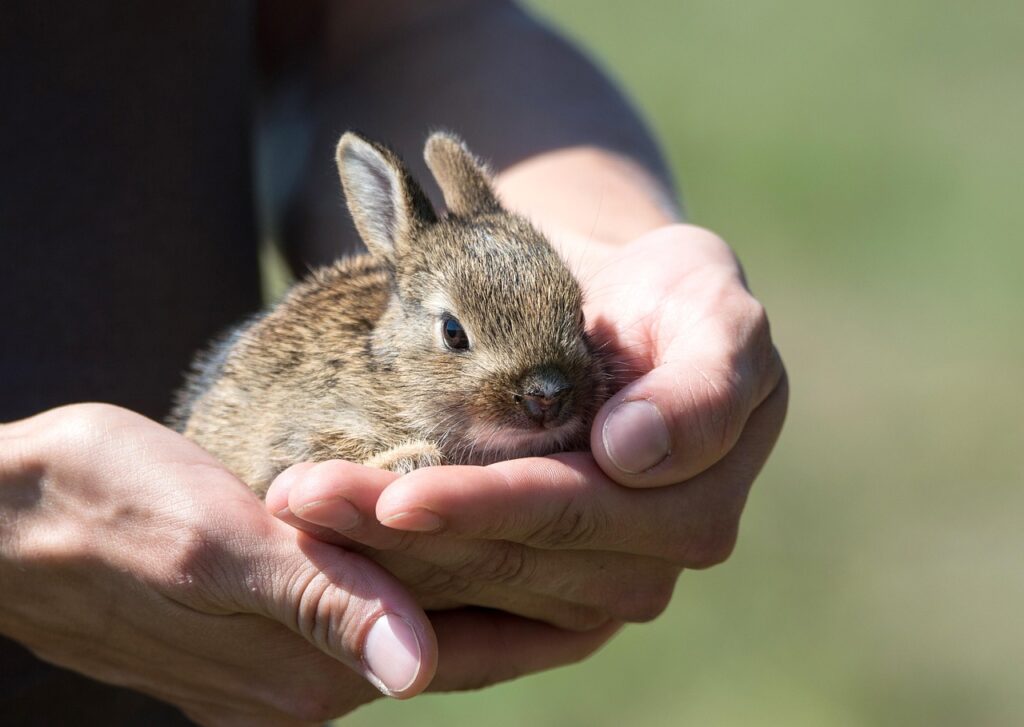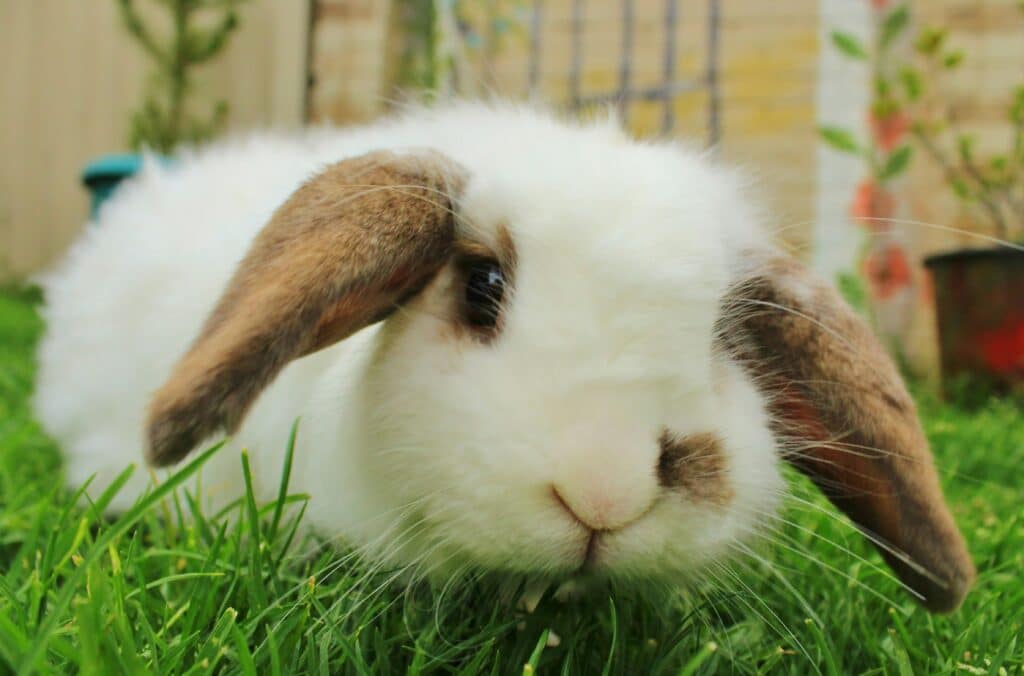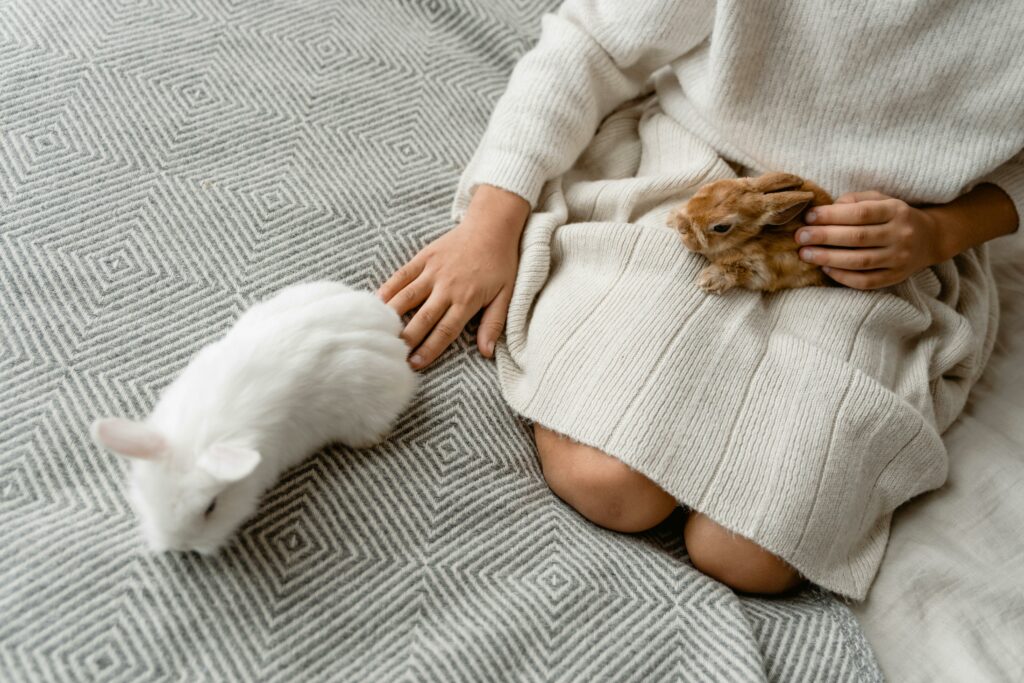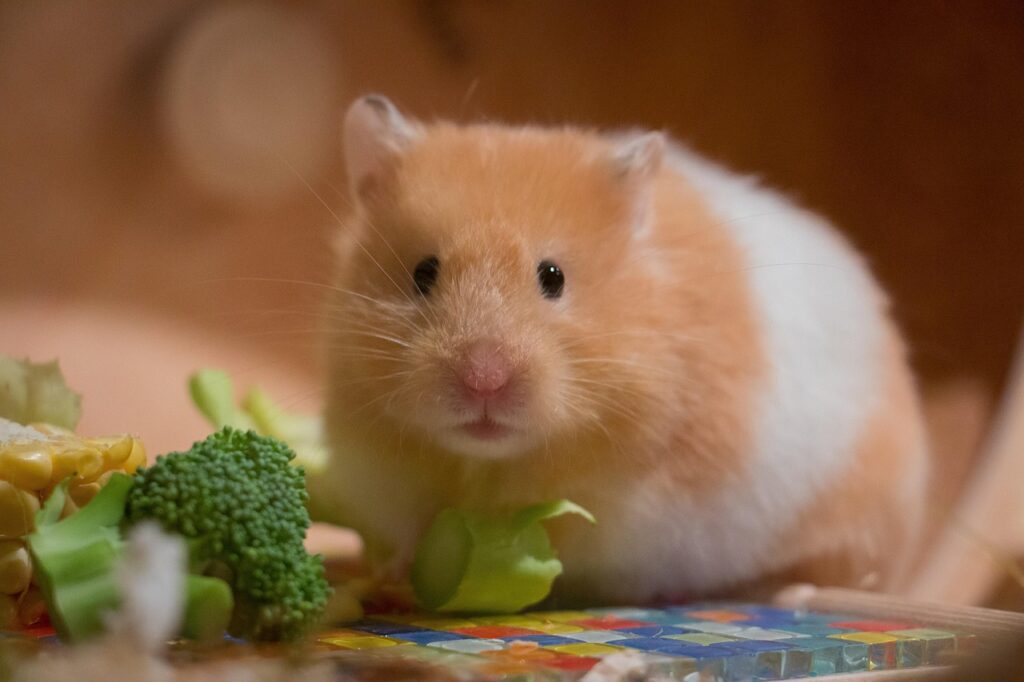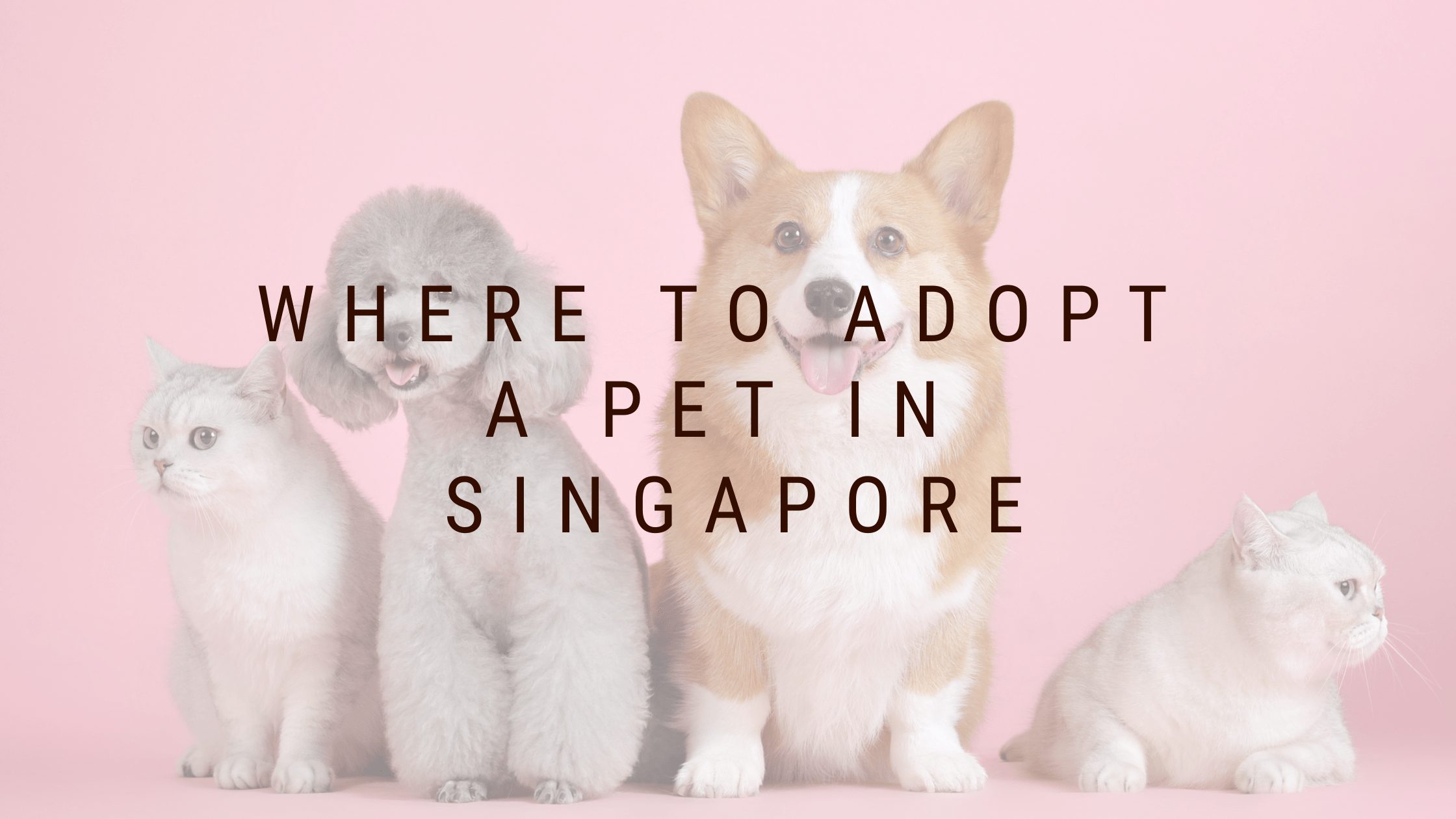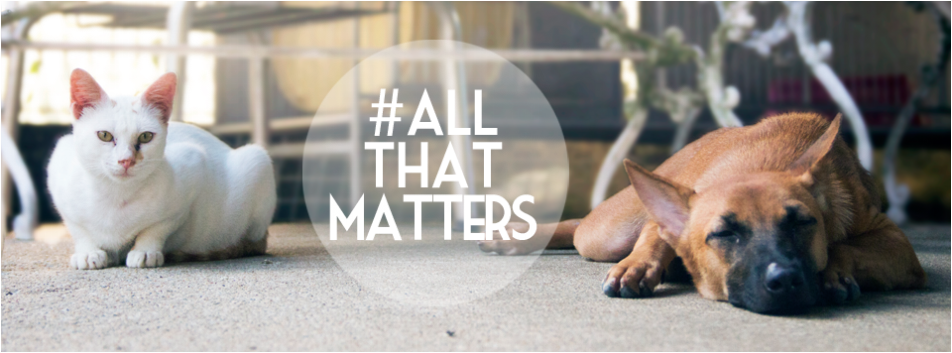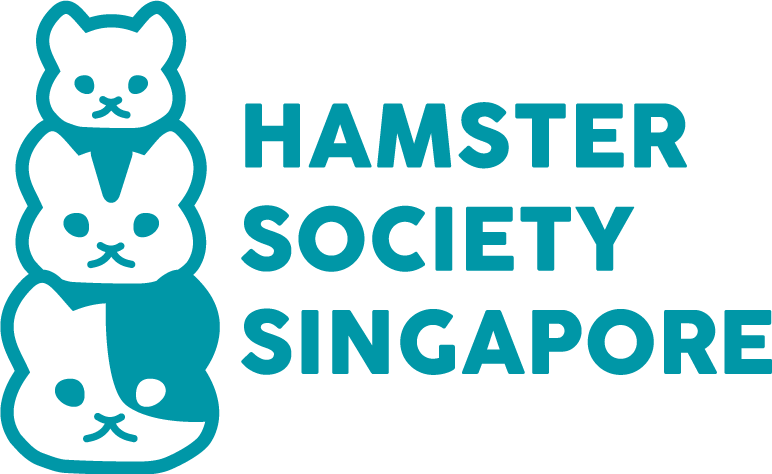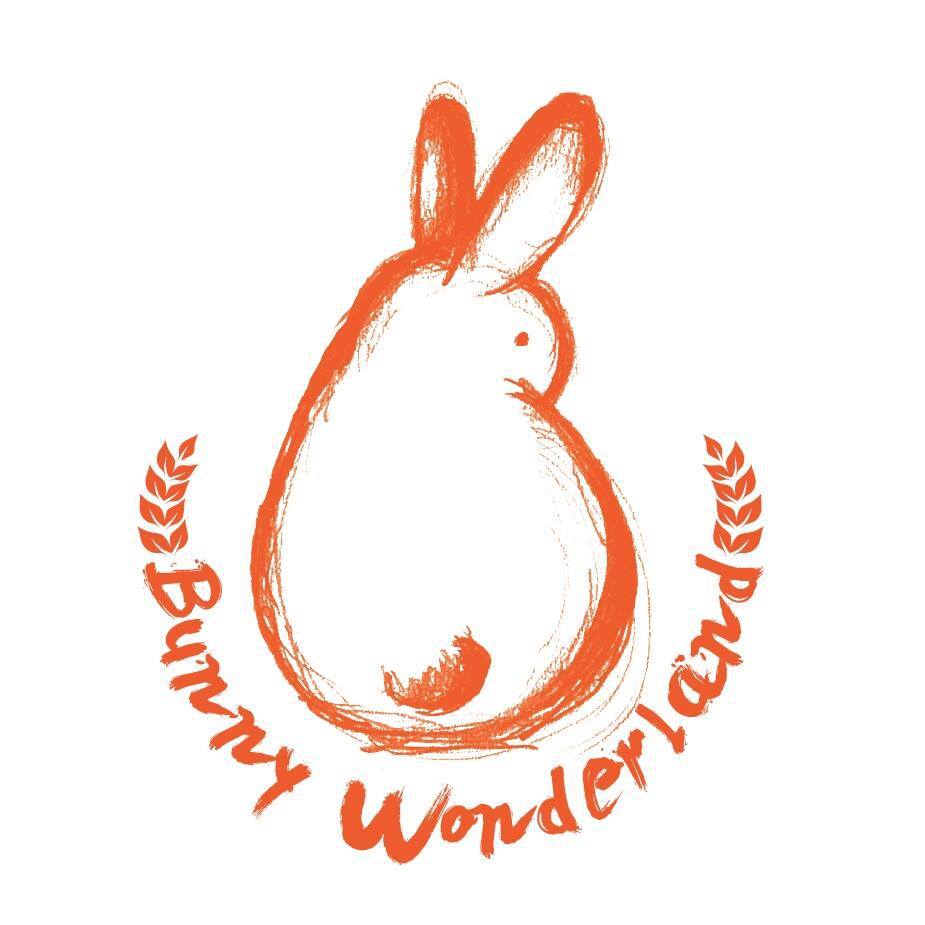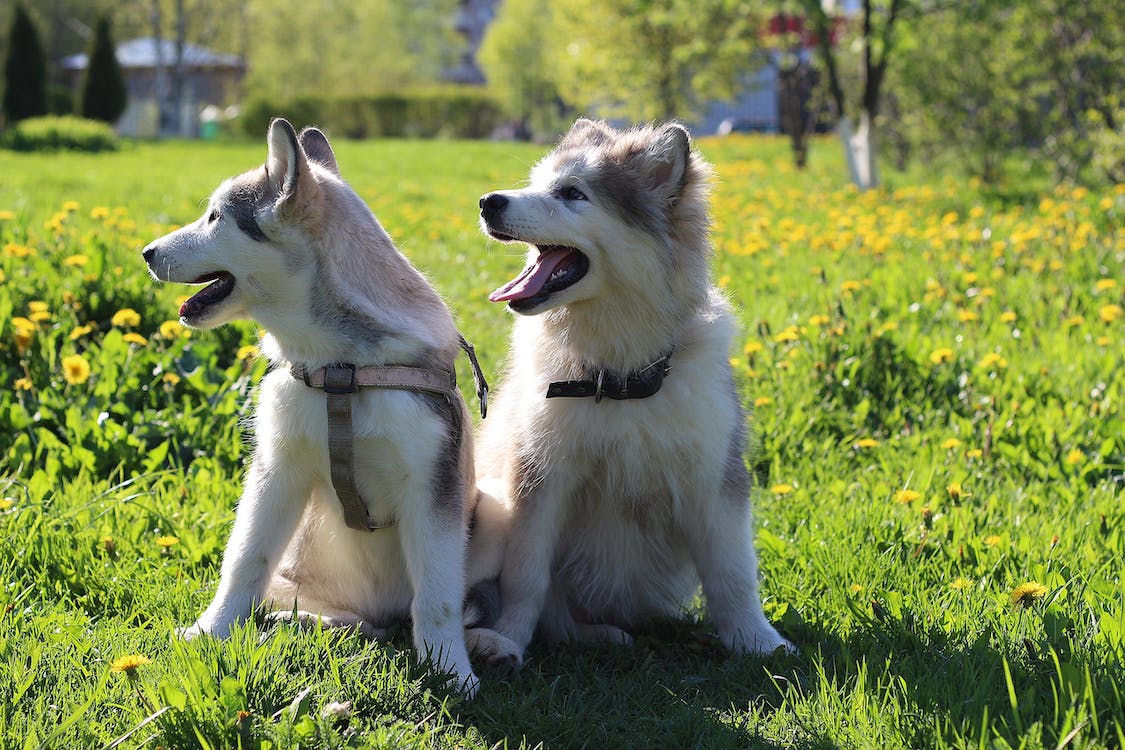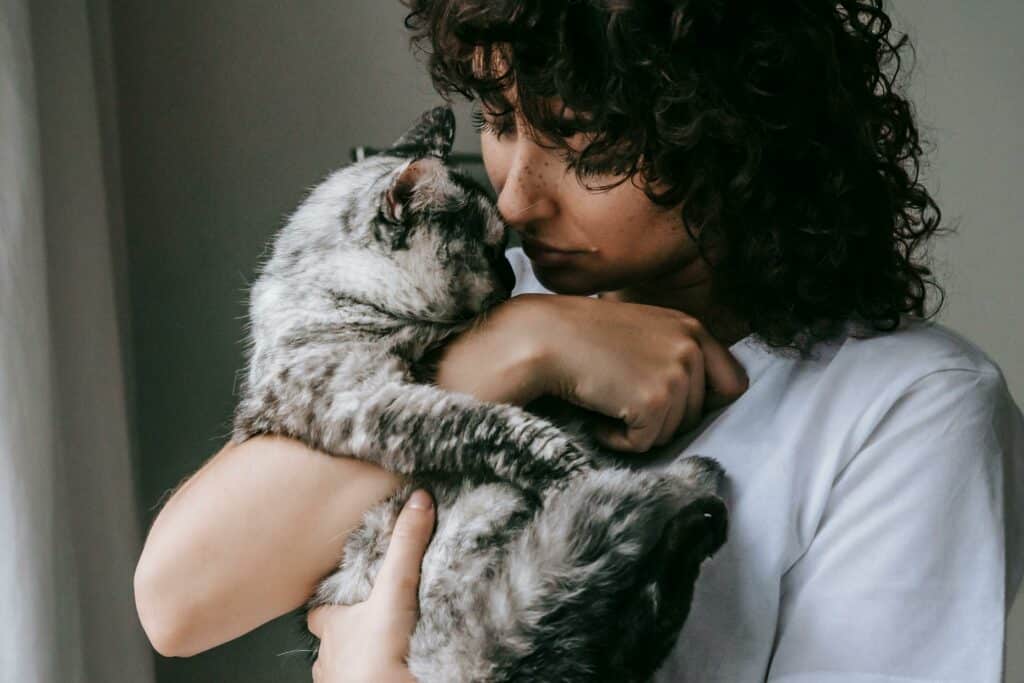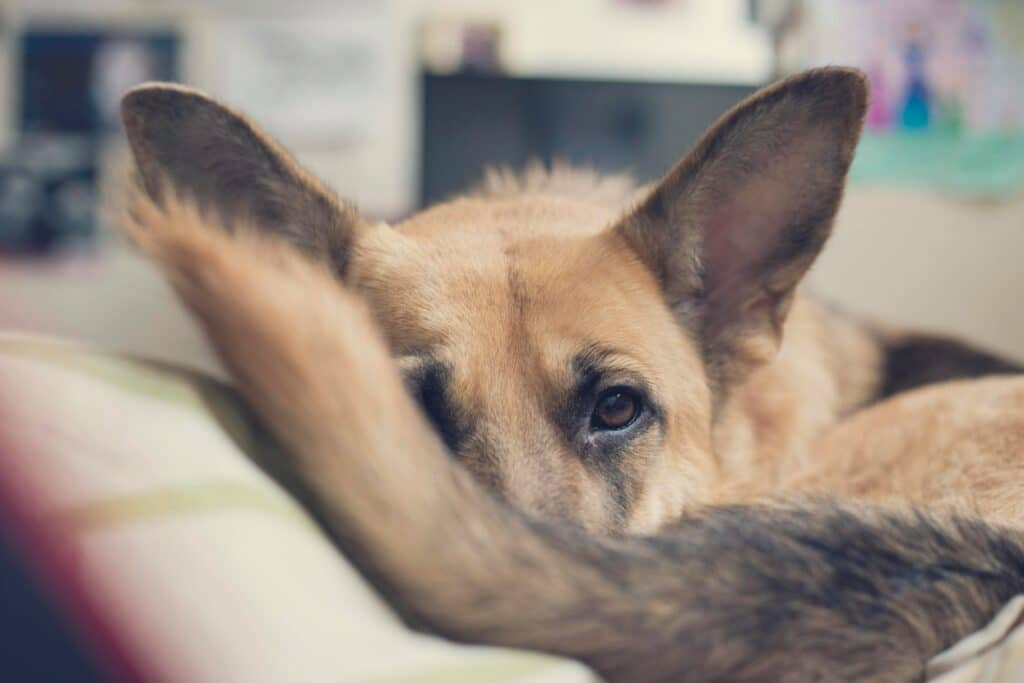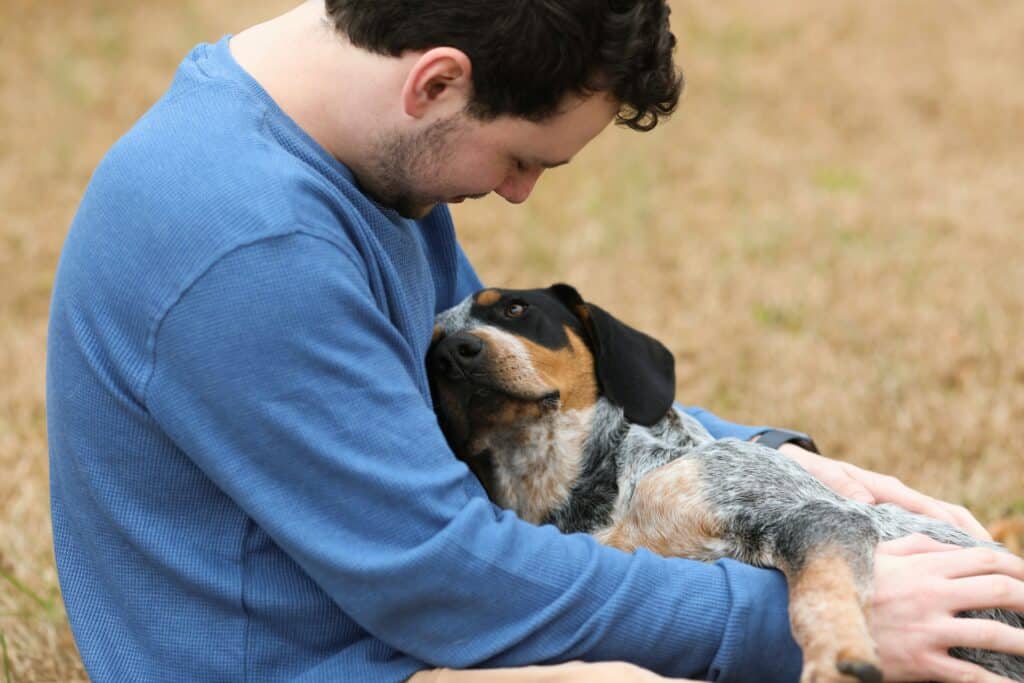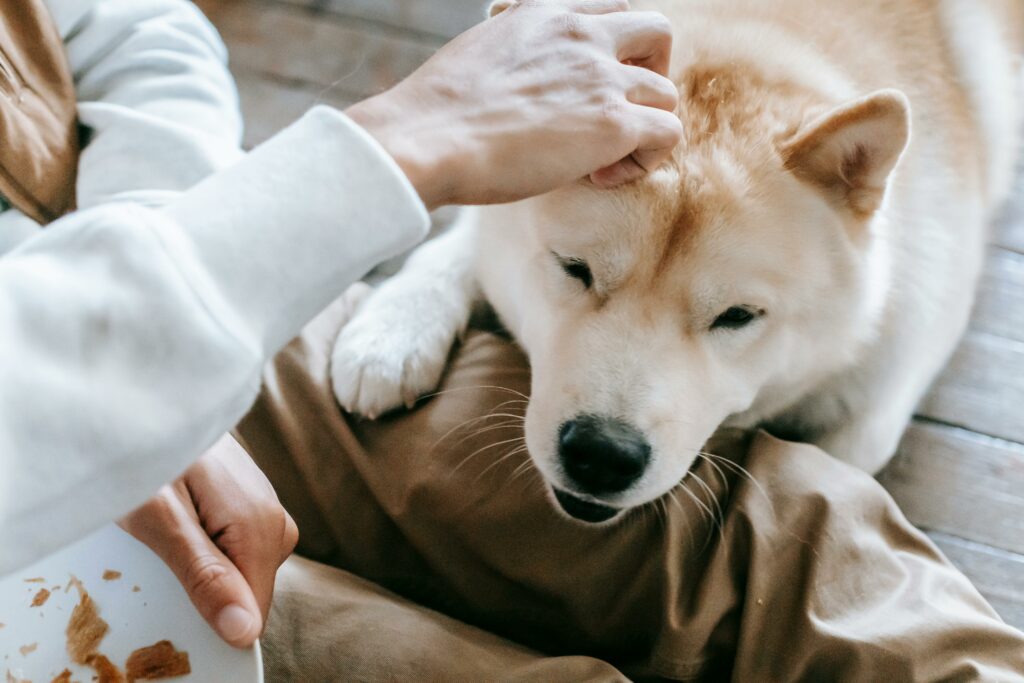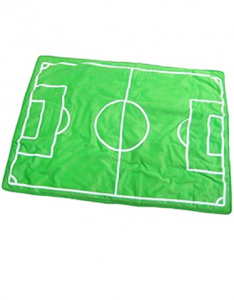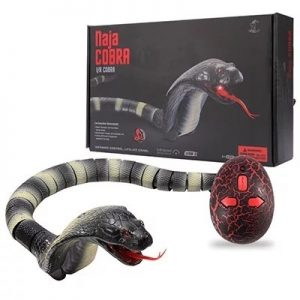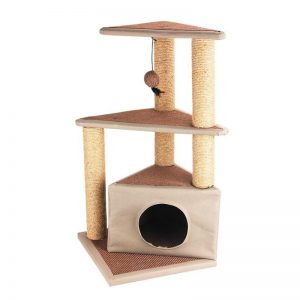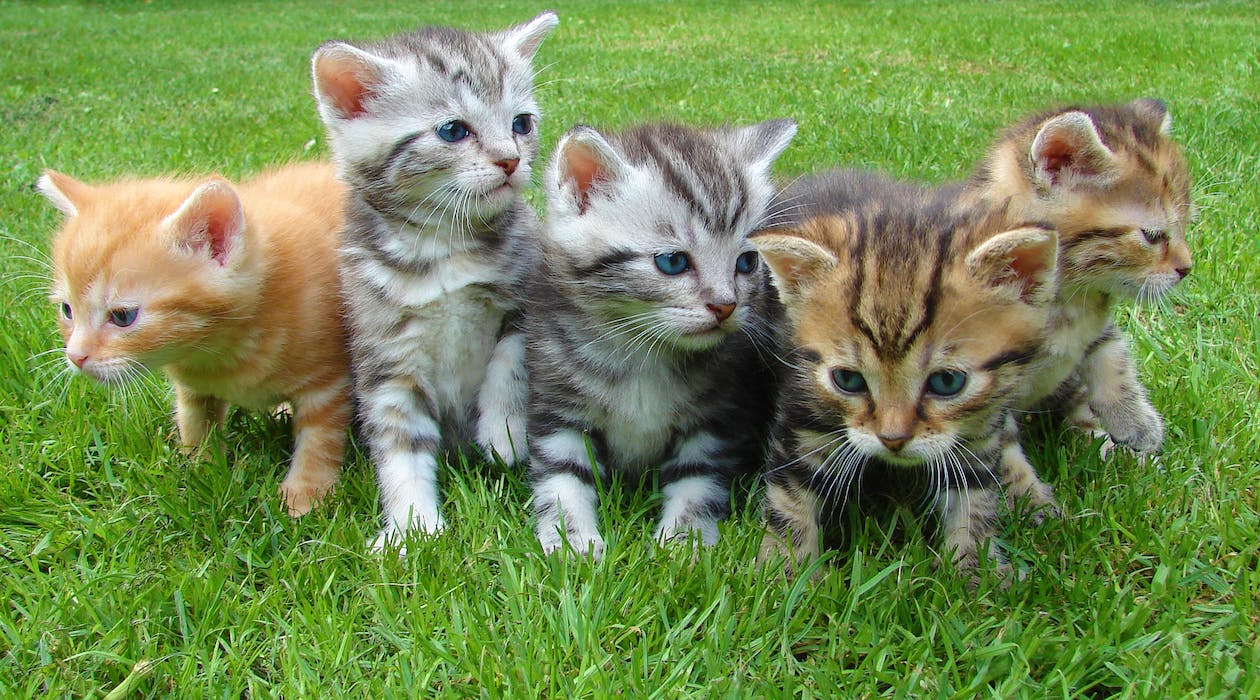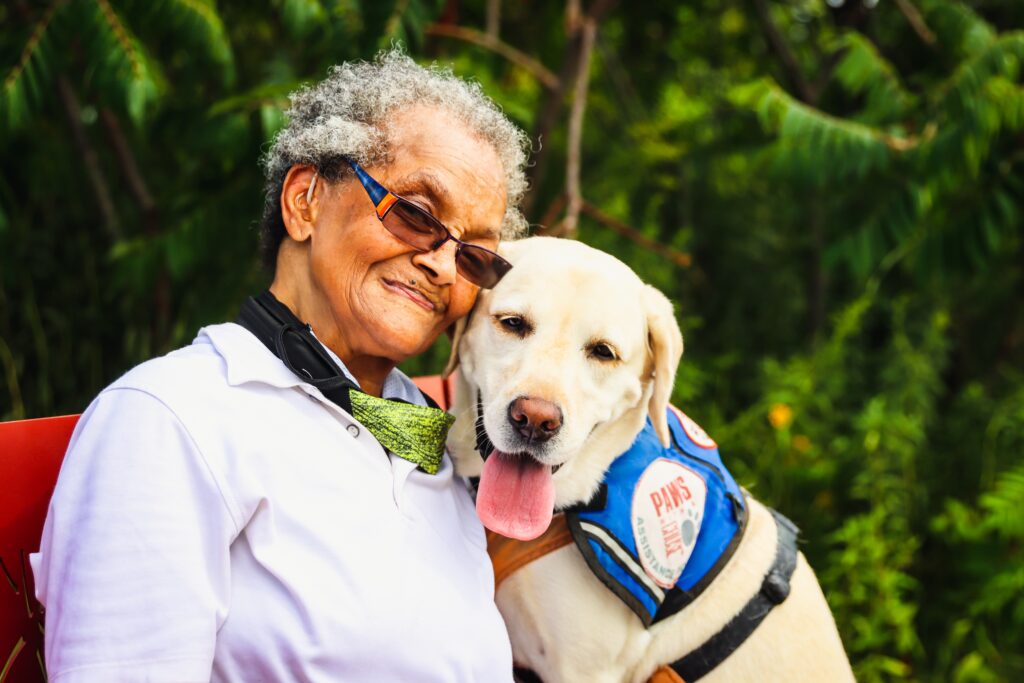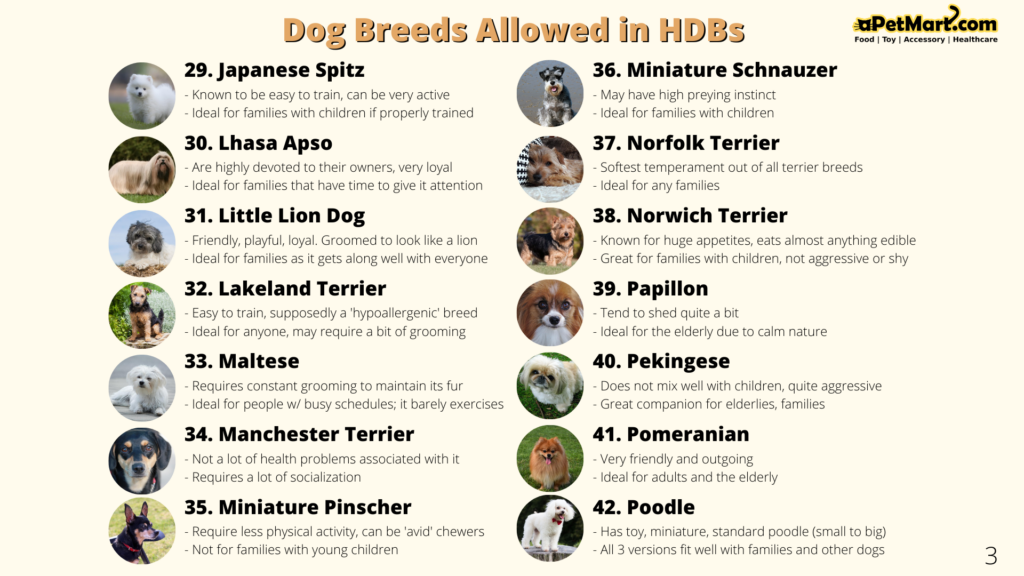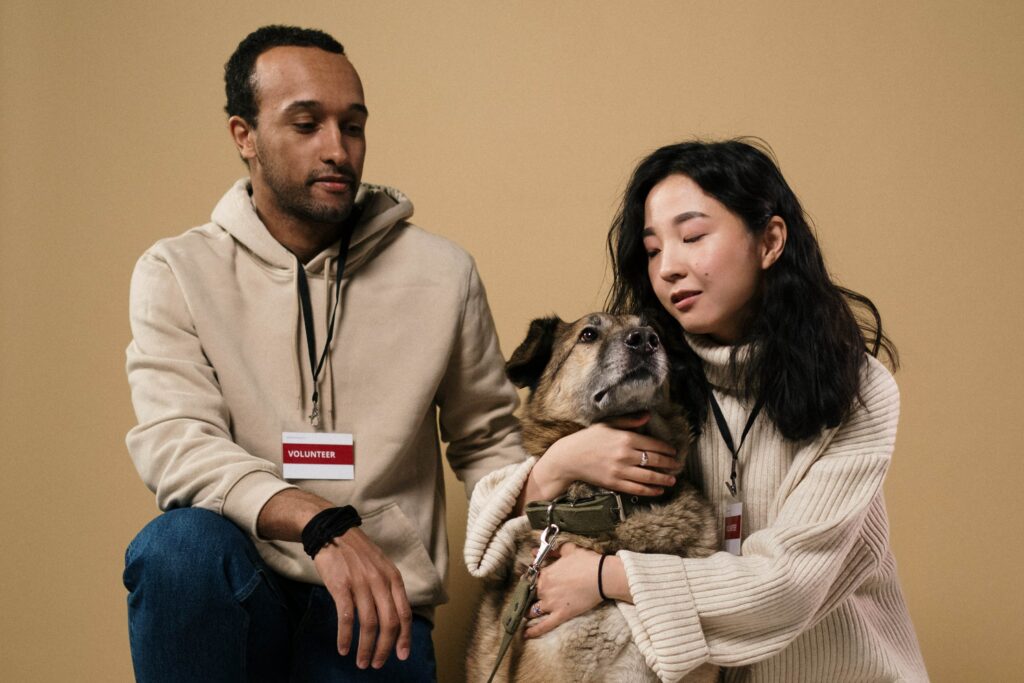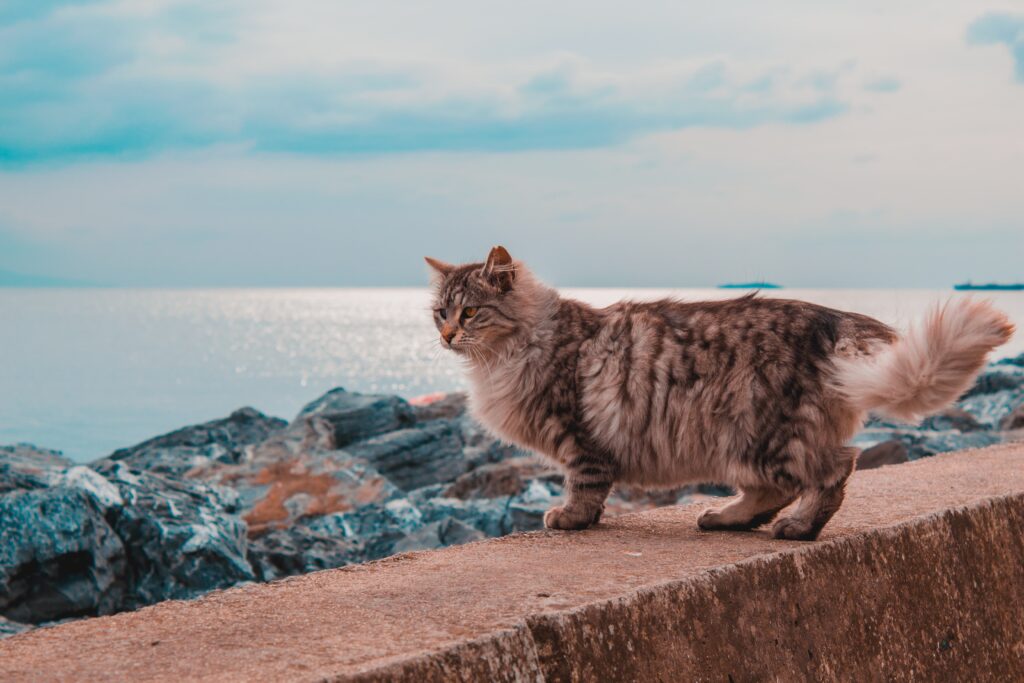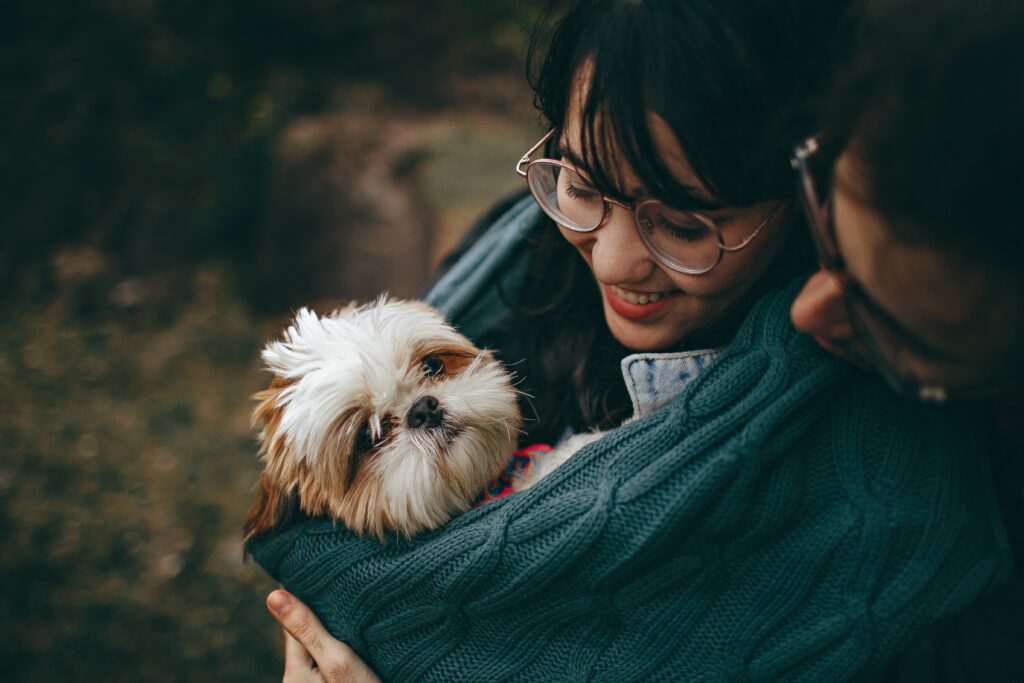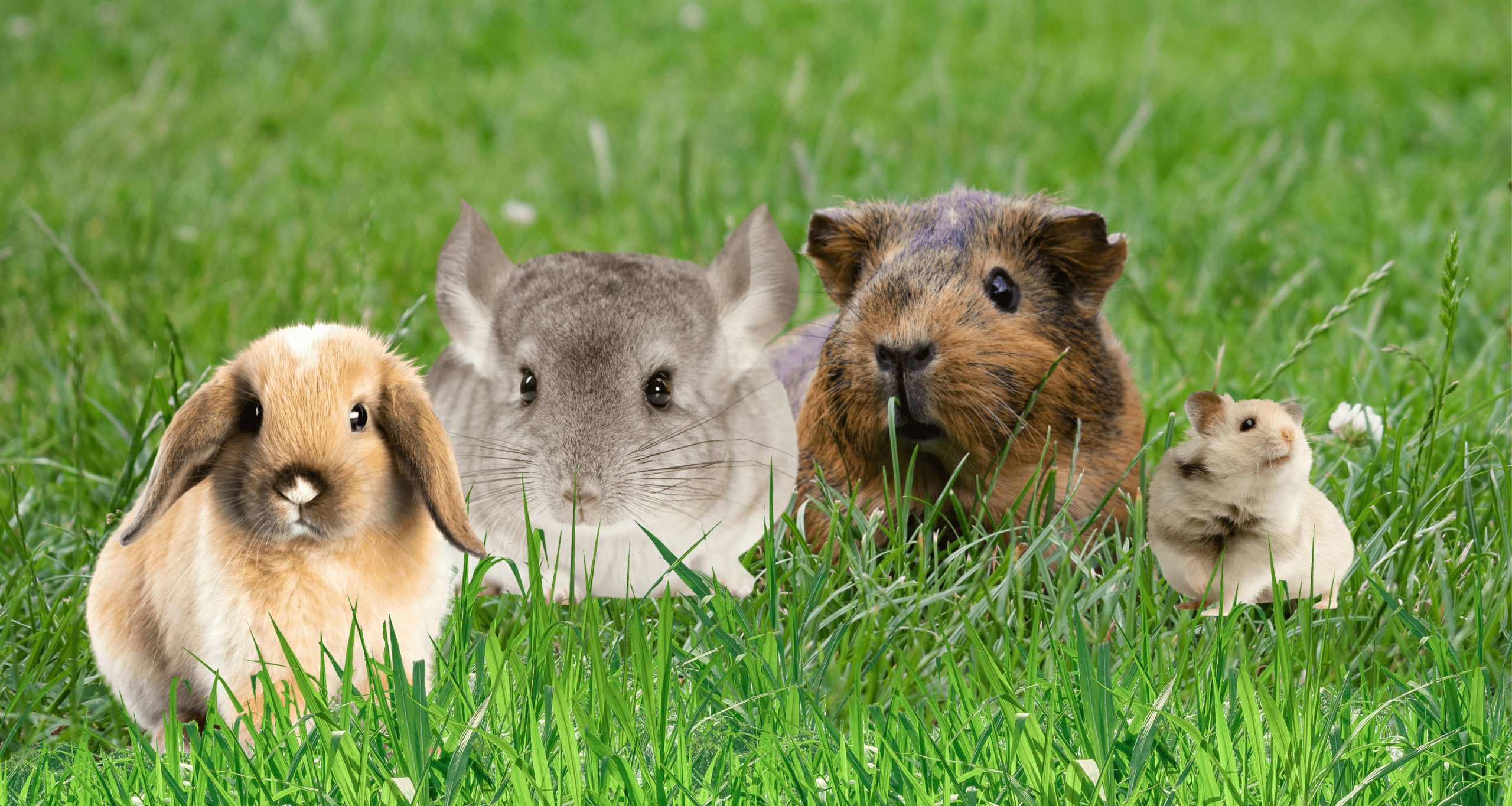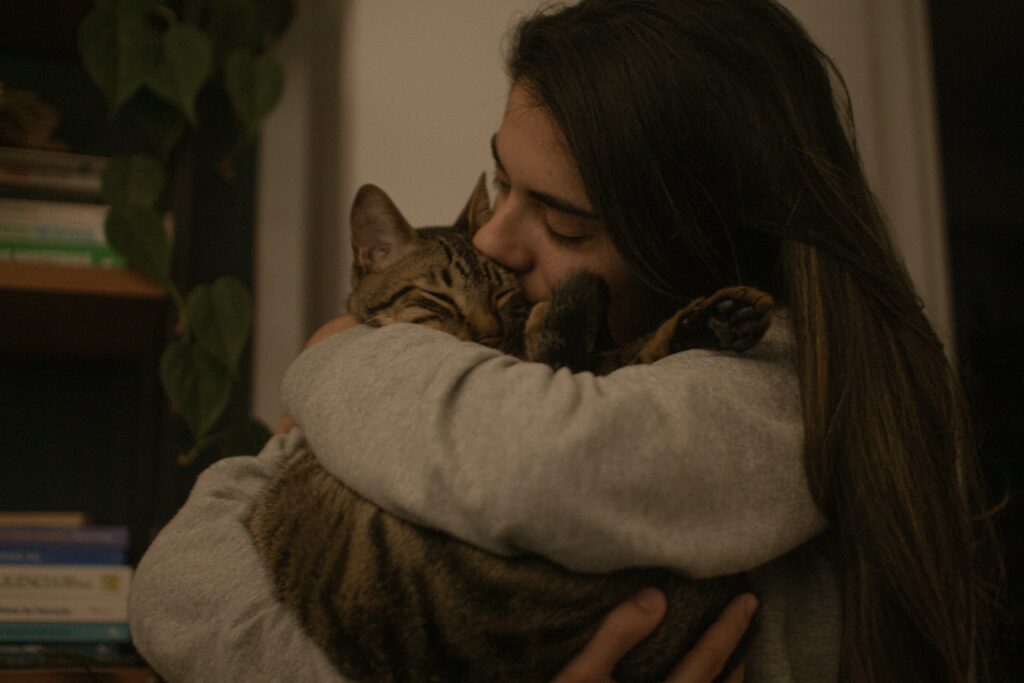
Are you a pet owner in Singapore struggling to juggle your busy schedule with your furry friend’s needs? Look no further, as the solution to your problem is closer than you think. Introducing pet taxi services, the convenient and stress-free solution that allows you to transport your beloved pets without any hassle. In this fast-paced city, where time is of the essence, pet taxi services have emerged as a game-changer for pet owners. Whether it’s a trip to the vet, a grooming appointment, or simply a day out exploring, these services provide a safe and comfortable mode of transportation for your pets.
With experienced drivers who are trained to handle animals and equipped with pet-friendly vehicles, you can rest assured that your furry friend will be in good hands. Say goodbye to the worries of navigating public transport or finding parking spaces, as pet taxi services take care of all the logistics, leaving you with more time to focus on what matters most – the well-being of your pet. So why wait? Let’s dive into the world of pet taxi services and discover the countless benefits they offer to both you and your furry companion.
The benefits of using a pet taxi service in Singapore
Pet taxi services offer a multitude of benefits for pet owners in Singapore. Firstly, they provide a convenient and stress-free way to transport your pets. No longer do you have to struggle with the logistics of getting your pet to appointments or outings. With a pet taxi service, all you need to do is schedule a pick-up time and location, and the rest will be taken care of. This means no more worrying about navigating public transport or finding parking spaces – simply sit back and relax while your furry friend is safely transported to their destination.
Another benefit of using a pet taxi service is the peace of mind it provides. These services have experienced drivers who are trained to handle animals and ensure their safety and comfort throughout the journey. They are equipped with pet-friendly vehicles designed to cater to the specific needs of your pets. From comfortable seating to temperature control, these vehicles are equipped with all the necessary features to ensure your pet’s well-being during the journey.
Additionally, using a pet taxi service saves you time and energy. Instead of spending valuable time driving to and from appointments, you can focus on other aspects of your life while your pet is taken care of. This can be especially beneficial for busy pet owners who have demanding work schedules or multiple pets to transport. With a pet taxi service, you can easily manage your time and ensure that your pet’s needs are met without compromising on your own obligations.
How pet taxi services work
Pet taxi services in Singapore typically operate on a pre-booking basis. Once you have identified the need for transportation, you can contact a pet taxi service and provide them with the necessary details. This includes the pick-up location, drop-off location, and any specific requirements or instructions for your pet. The service will then schedule a suitable time for pick-up and assign a driver to the task.
On the day of the appointment, the driver will arrive at the designated location and collect your pet. They will ensure that your pet is safely secured in the vehicle, whether with a crate or a specially designed pet seatbelt. Throughout the journey, the driver will take all necessary precautions to ensure your pet’s safety and comfort. This includes driving carefully, avoiding sudden stops or accelerations, and providing breaks if needed.
Once the journey is complete, the driver will safely deliver your pet to the desired destination. They will ensure that your pet is handed over to the authorized personnel. If required, the driver can also wait and bring your pet back to the original pick-up location after the appointment is over. This end-to-end service ensures that your pet’s transportation needs are fully taken care of, providing you with peace of mind and convenience.
Safety and comfort considerations for pet taxi services
When it comes to transporting your pets, their safety and comfort should be the top priority. Pet taxi services in Singapore understand this and take various measures to ensure the well-being of your furry friends during the journey.
One important aspect is the training and experience of the drivers. Pet taxi services employ drivers who are trained in handling animals and are familiar with their specific needs. They understand how to interact with different types of pets and ensure their comfort throughout the journey. Additionally, these drivers are well-versed in pet first aid and know how to handle any emergencies that may arise.
In terms of vehicles, pet taxi services use specially designed vehicles that are pet-friendly. These vehicles are equipped with features such as comfortable seating, temperature control, and secure enclosures. This ensures that your pet is safe and comfortable throughout the journey, regardless of the weather conditions or the duration of the trip.
Furthermore, pet taxi services follow strict hygiene protocols to maintain the cleanliness of their vehicles. This includes regular cleaning and sanitization to prevent the spread of any diseases or parasites. Additionally, drivers may use protective covers or mats to ensure that the vehicle remains clean and free from any pet-related mess.
Cost and convenience of pet taxi services
One common concern that pet owners may have when considering pet taxi services is the cost. While the exact pricing may vary depending on the distance, duration, and specific requirements, pet taxi services in Singapore offer competitive rates that are often comparable to other modes of transportation.
When considering the cost of using a pet taxi service, it’s important to take into account the convenience and peace of mind that it provides. By using a pet taxi service, you save valuable time and energy that can be better spent on other aspects of your life. Additionally, you eliminate the stress and hassle of driving in busy city traffic or searching for parking spaces. This convenience and peace of mind can be invaluable, especially for busy pet owners who are already juggling multiple responsibilities.
To make pet taxi services more affordable, some providers offer package deals or discounts for multiple trips or regular customers. It’s worth exploring these options and discussing your requirements with the service provider to find a solution that fits your budget and needs.
Finding the right pet taxi service in Singapore
When it comes to choosing a pet taxi service in Singapore, it’s important to do your research and find a provider that meets your specific requirements. Here are a few factors to consider when making your decision:
Reputation and reviews
Look for a pet taxi service with a good reputation and positive reviews from other pet owners. This will give you an idea of the quality of service they provide and the level of customer satisfaction.
Experience and expertise
Check if the drivers of the pet taxi service have the necessary training and experience in handling animals. This will ensure that your pet is in safe hands throughout the journey.
Insurance and licensing
Ensure that the pet taxi service has the necessary insurance and licensing to operate legally. This will protect you and your pet in case of any unforeseen incidents.
Availability and flexibility
Consider the operating hours and availability of the pet taxi service. It’s important to choose a provider that can accommodate your schedule and transportation needs.
Communication and customer service
Look for a pet taxi service that has good communication and customer service. They should be responsive to your queries and provide regular updates on the status of your pet’s transportation.
By considering these factors and doing thorough research, you can find a pet taxi service that meets your requirements and provides a safe and comfortable transportation solution for your furry friend.
Tips for using a pet taxi service effectively
To make the most of your pet taxi service experience, here are a few tips to keep in mind:
Plan ahead
Schedule your pet’s transportation well in advance to ensure availability and avoid last-minute stress. This is especially important for appointments that require advance booking, such as vet visits or grooming sessions.
Provide clear instructions
Communicate any specific requirements or instructions for your pet to the pet taxi service. This could include dietary restrictions, medication needs, or any behavioural considerations.
Prepare your pet
Help your pet feel comfortable and secure during the journey by familiarizing them with the pet taxi service. Allow them to explore the vehicle beforehand, provide familiar bedding or toys, and consider using pheromone sprays or calming aids if needed.
Stay updated
Maintain open communication with the pet taxi service and stay updated on the status of your pet’s transportation. This will give you peace of mind and ensure that any unexpected changes or delays are promptly communicated.
Provide feedback
After using a pet taxi service, provide feedback to the service provider. This will help them improve their services and ensure that future customers have a better experience.
Alternatives to pet taxi services in Singapore
While pet taxi services offer a convenient and stress-free solution for pet transportation in Singapore, there are a few alternatives that pet owners can consider:
Public transport
Some pet owners may choose to use public transport, such as buses or trains, to transport their pets. However, it’s important to check the rules and regulations of the specific transport provider, as not all allow pets on board. Additionally, it may not be the most comfortable or convenient option, especially for larger pets or longer journeys.
Private car hire
Another alternative is to hire a private car or taxi for your pet’s transportation. This can provide more flexibility and comfort compared to public transport. However, it may not be as specialized or pet-friendly as a dedicated pet taxi service.
Self-transportation
If you have the necessary resources and time, you can choose to transport your pet yourself. This may involve investing in a pet carrier or seatbelt, as well as ensuring that your vehicle is pet-friendly and safe for transportation.
It is important to consider the specific needs of your pet and your own circumstances when choosing the most suitable transportation option. While alternatives may be viable in certain situations, pet taxi services often provide the most convenient and stress-free solution for pet owners in Singapore.
Popular Pet Taxi Services in Singapore
With professionalism and care, SG Pet Taxi has been offering high-quality chauffeur services since all the way back in 2007. They also offer limousine services for up to 4 adults and pets, making them the perfect choice for a group outing.
Bark N Purr is a reliable and responsive pet taxi service. Their rides are very clean and comfortable, ensuring that your pet won’t act up mid-ride due to an issue.
Little Bean Services for Pets offers a reliable and caring pet taxi service that caters to larger pets. Their vans are spacious and can accommodate up to 5 pets, while also including free kernel and carrier arrangements.
Grab launched a new on-demand transport service for pets in 2019, called GrabPet. It caters to all pets that have been approved by Singapore authorities, with the exception of birds. GrabPet drivers have all undergone pet-handling training, so you have no need to worry about your pet being handled badly.
Frequently asked questions
Are pet taxi services available for all types of pets?
Pet taxi services in Singapore typically cater to a wide range of pets, including cats, dogs, rabbits, and small mammals. However, it’s important to check with the service provider to ensure that they can accommodate your specific pet.
Can I accompany my pet in the pet taxi?
Most pet taxi services allow owners to accompany their pets during the journey. However, this may depend on the specific service provider and the type of appointment or outing.
Are pet taxi services available for emergency situations?
Some pet taxi services in Singapore offer emergency transportation for pets. This can be useful in situations where immediate medical attention is required or when unexpected circumstances arise.
How do I book a pet taxi service?
Booking a pet taxi service is typically done through phone or online platforms. You will need to provide the necessary details, such as pick-up and drop-off locations, as well as any specific requirements for your pet.
Are pet taxi services expensive?
The cost of using a pet taxi service may vary depending on factors such as distance, duration, and specific requirements. However, pet taxi services in Singapore generally offer competitive rates that are often comparable to other modes of transportation.
Conclusion
Pet taxi services have revolutionized the way pet owners in Singapore transport their beloved furry friends. With their convenience, safety, and comfort considerations, these services provide a stress-free solution for busy pet owners. By outsourcing the transportation needs of your pets, you can save valuable time and energy while ensuring their well-being. Whether it’s a trip to the vet, a grooming appointment, or simply a day out exploring, pet taxi services offer a reliable and hassle-free mode of transportation. So why wait? Take advantage of the countless benefits that pet taxi services in Singapore have to offer and make your pet’s transportation experience a convenient and stress-free one.
